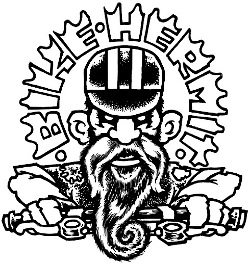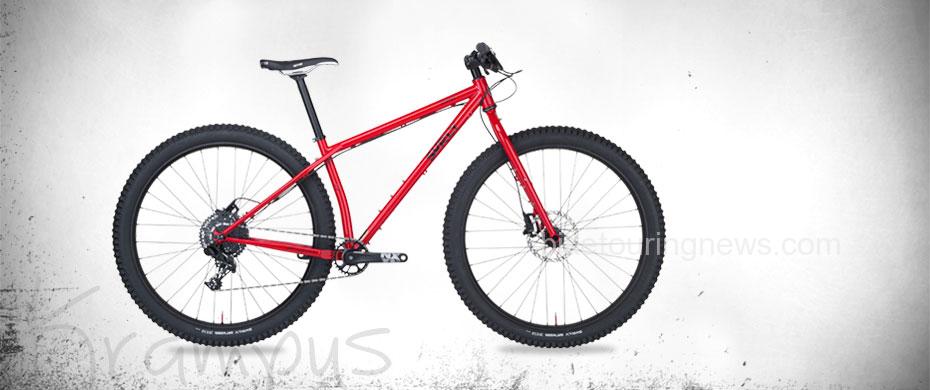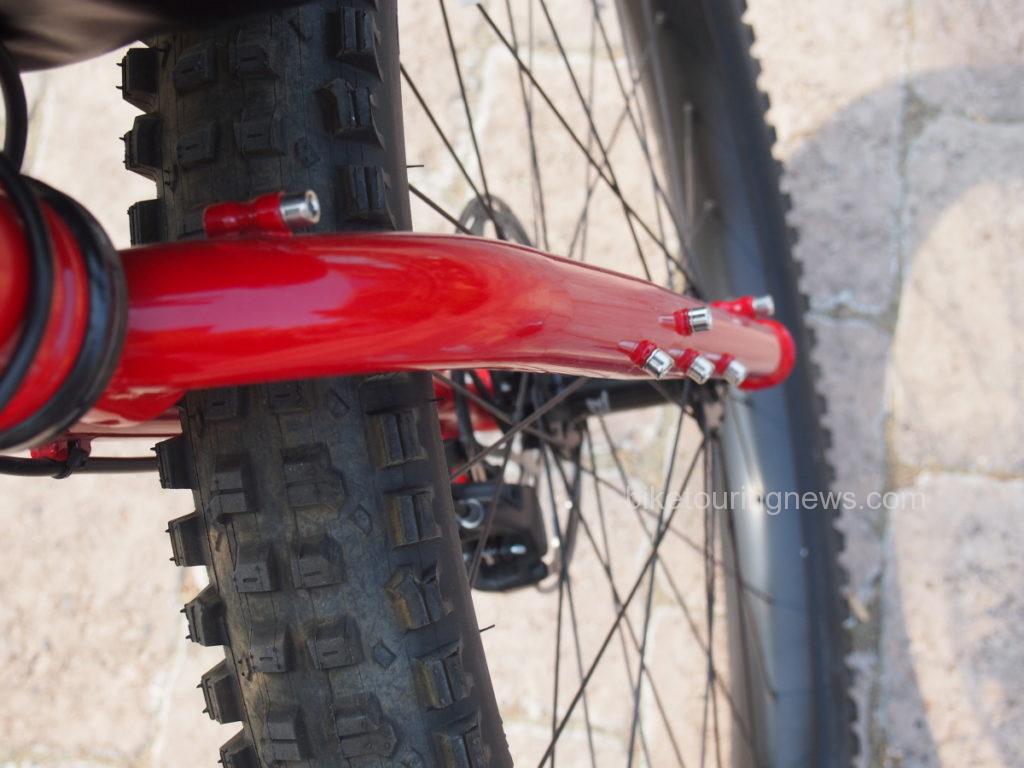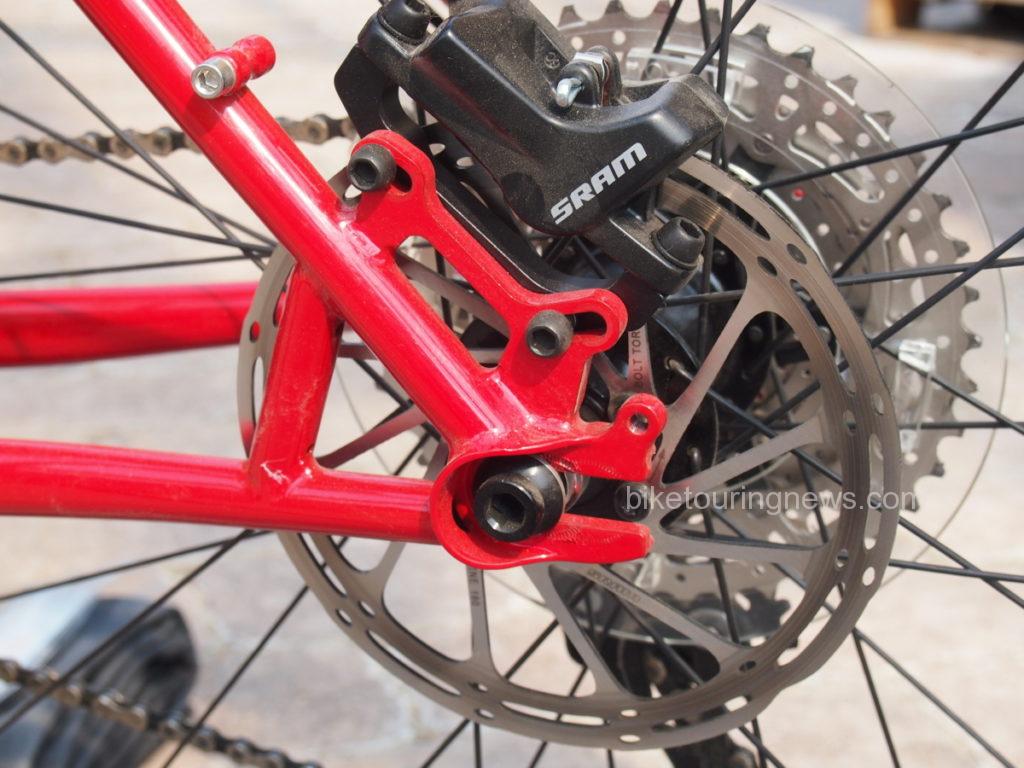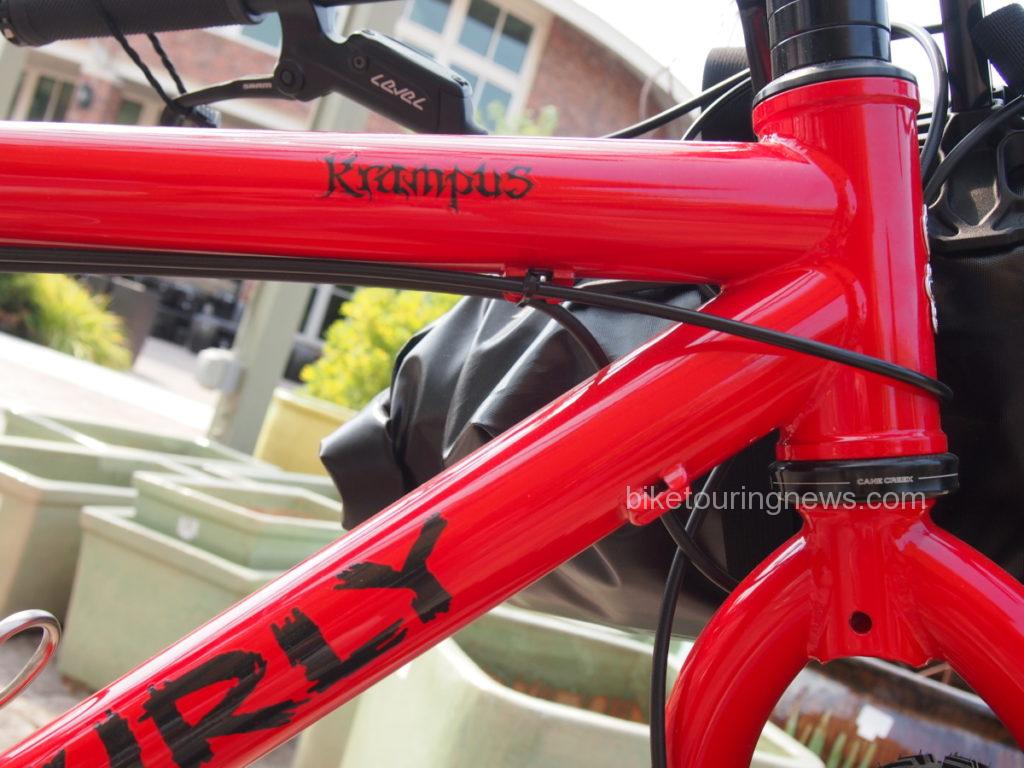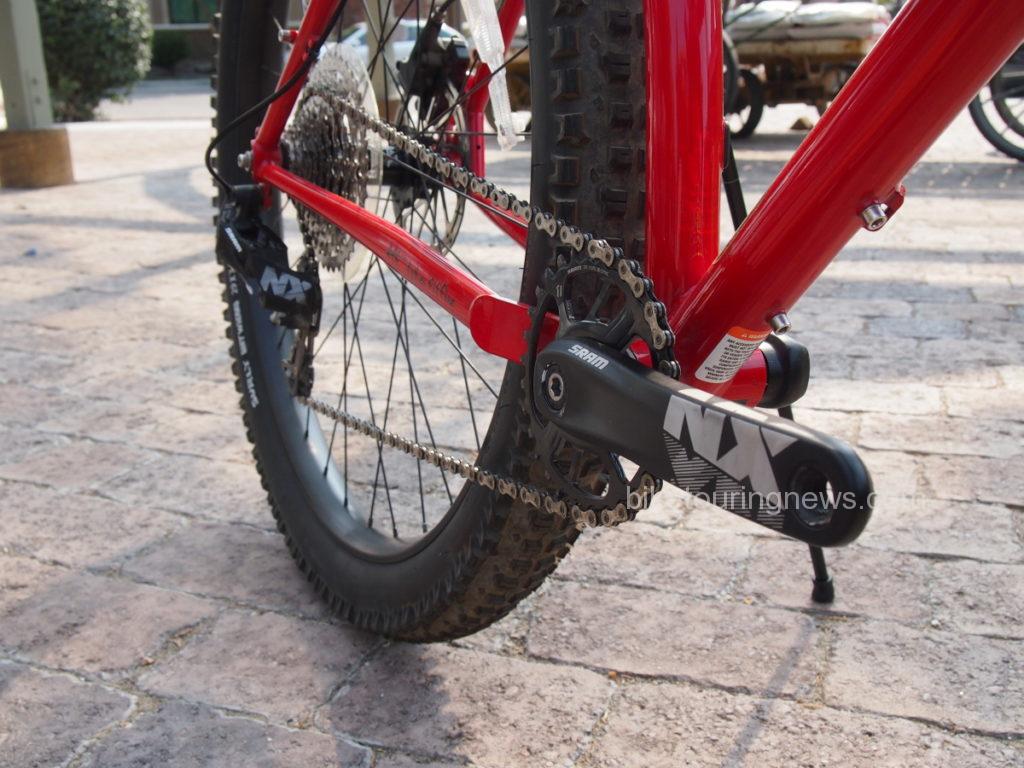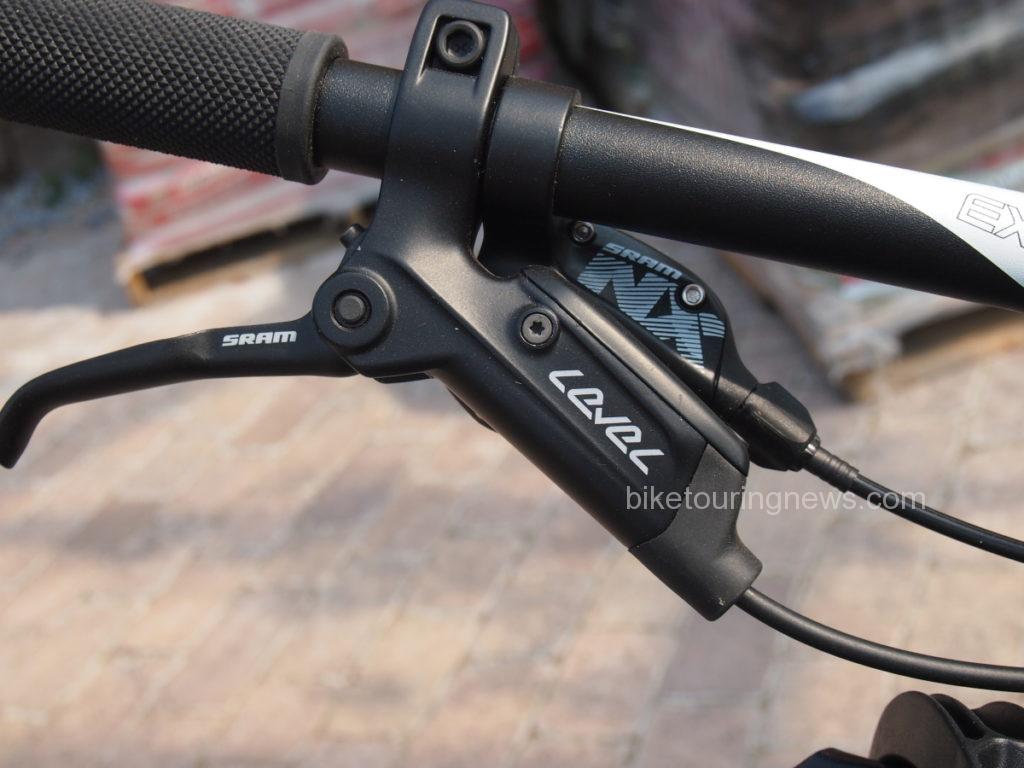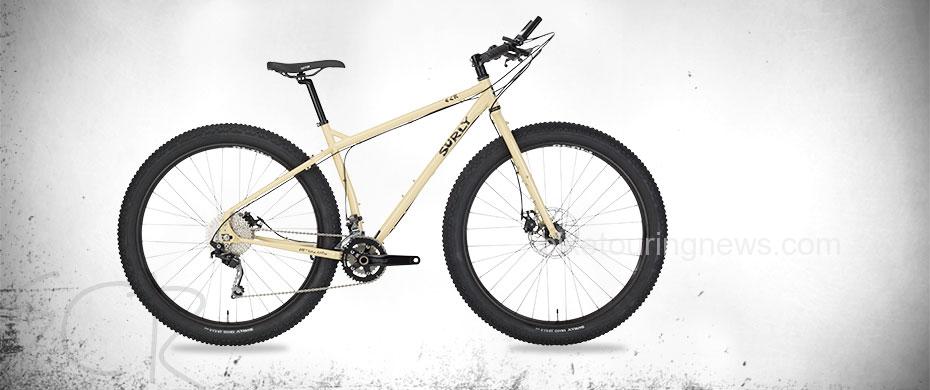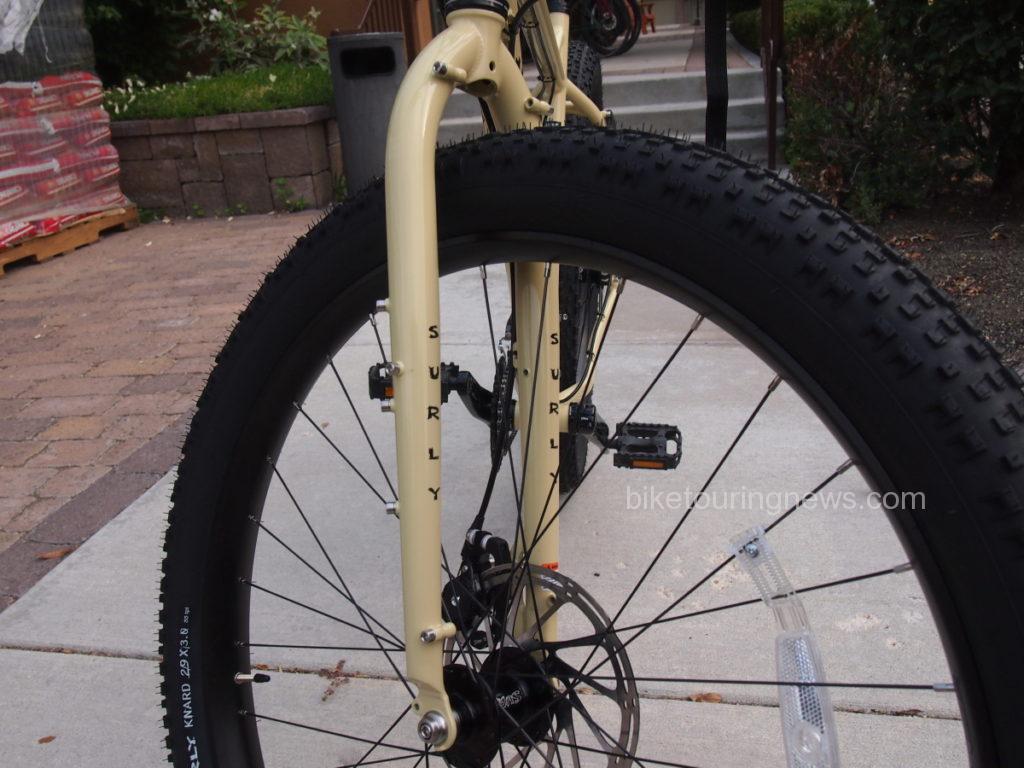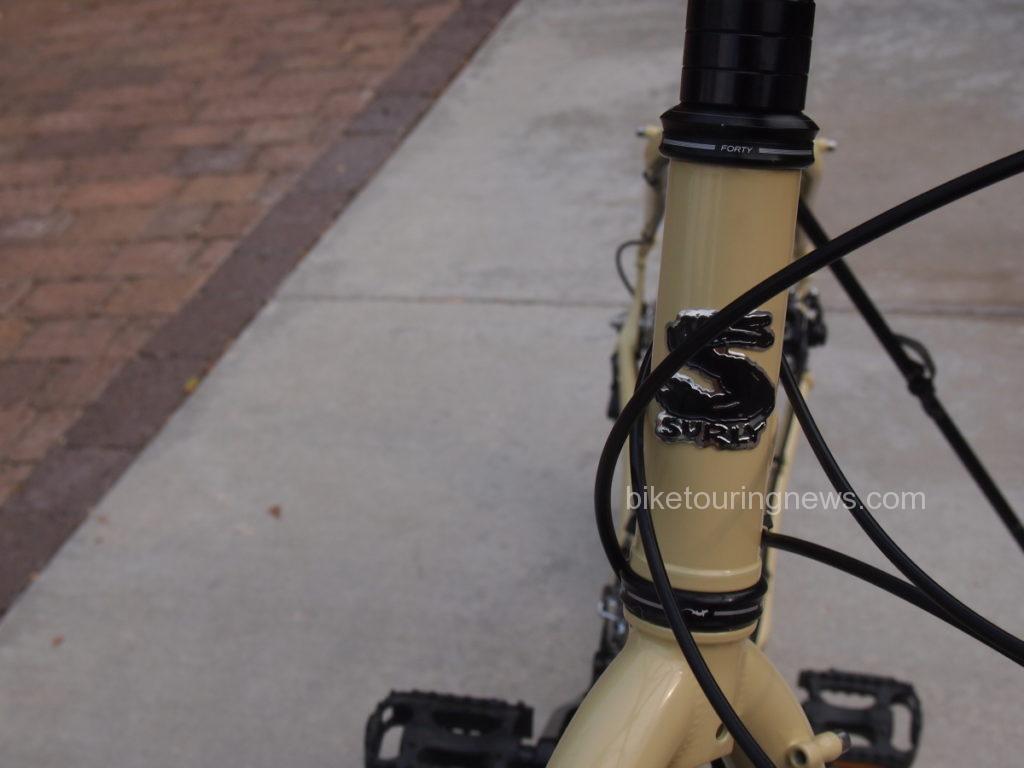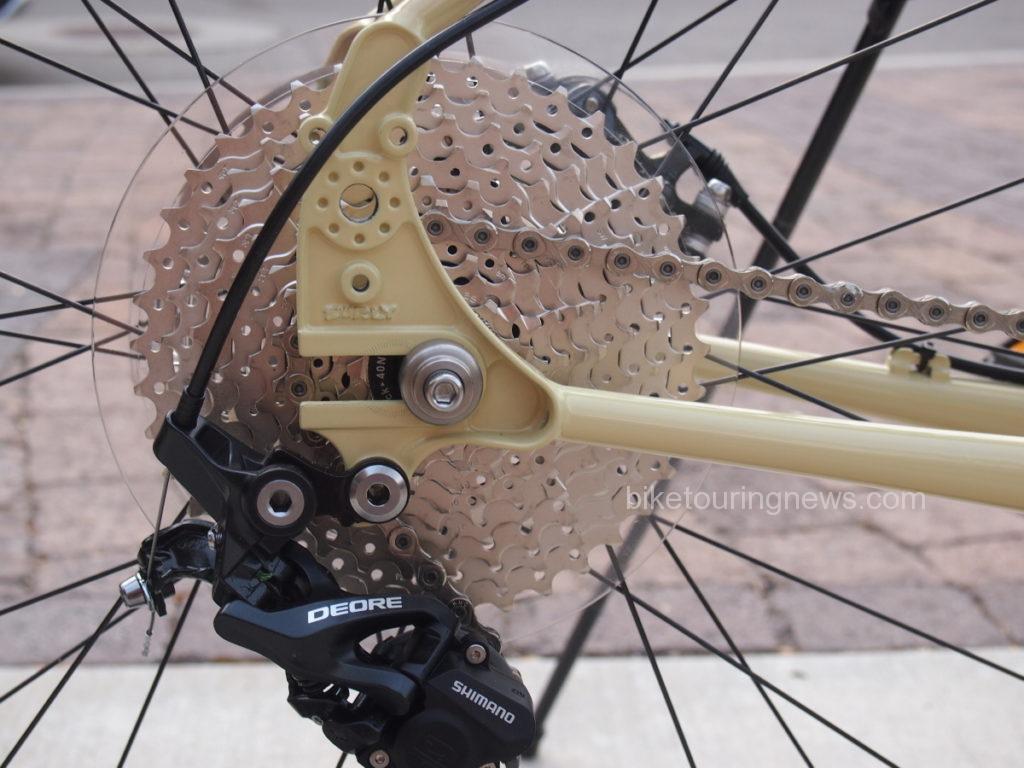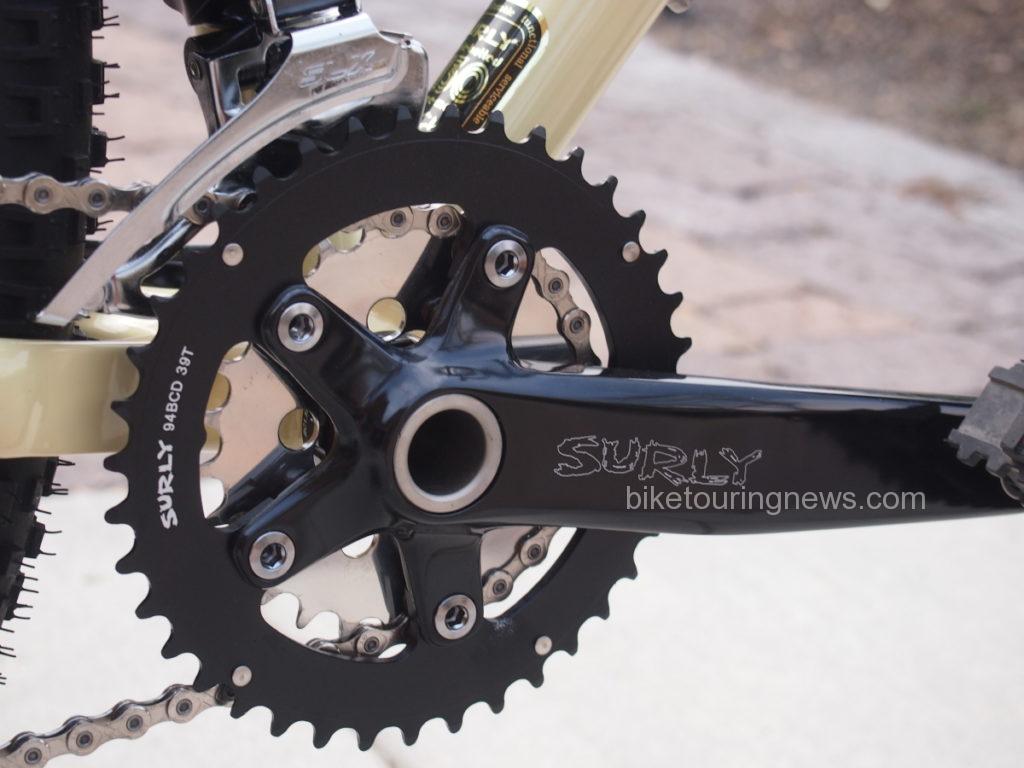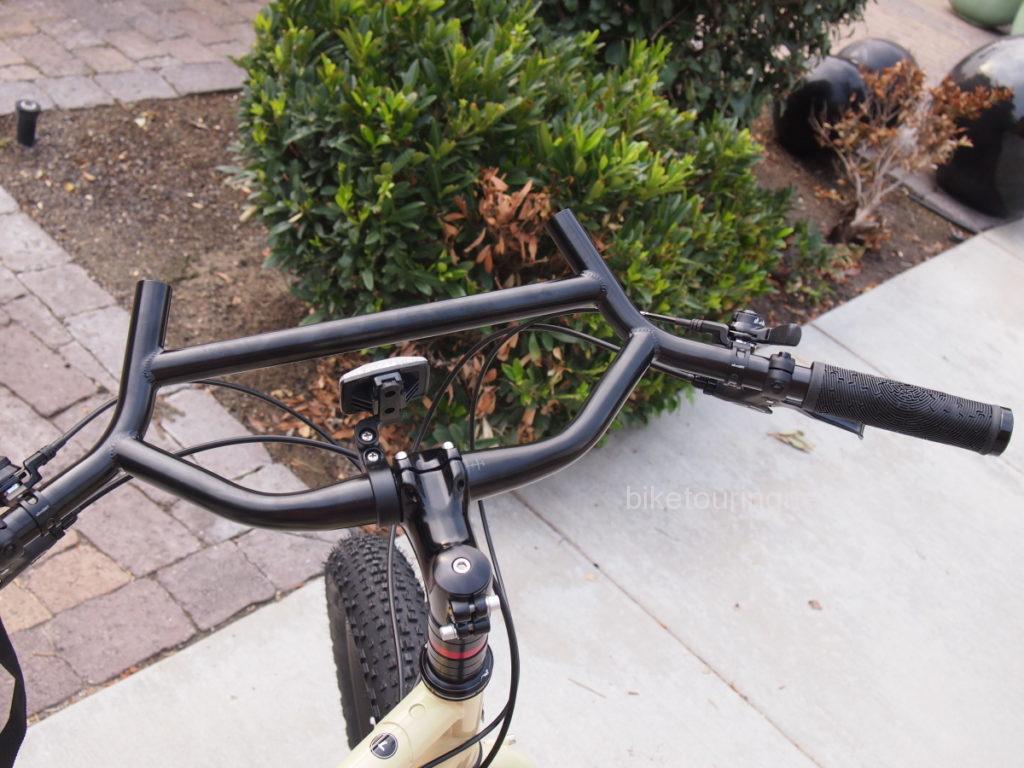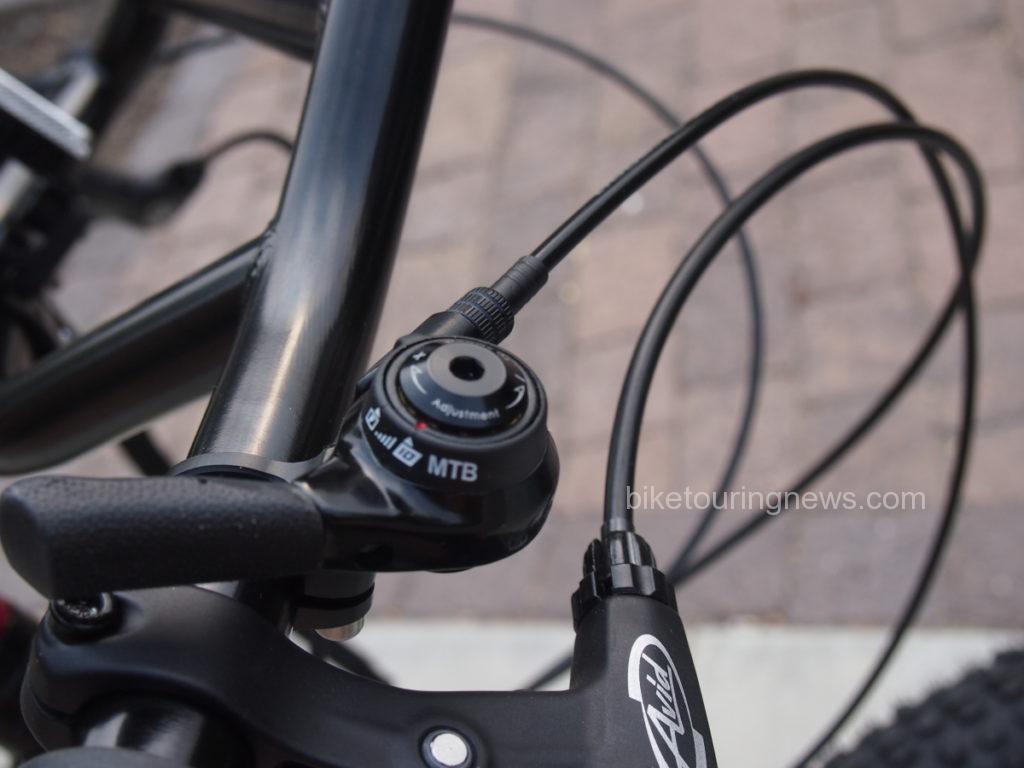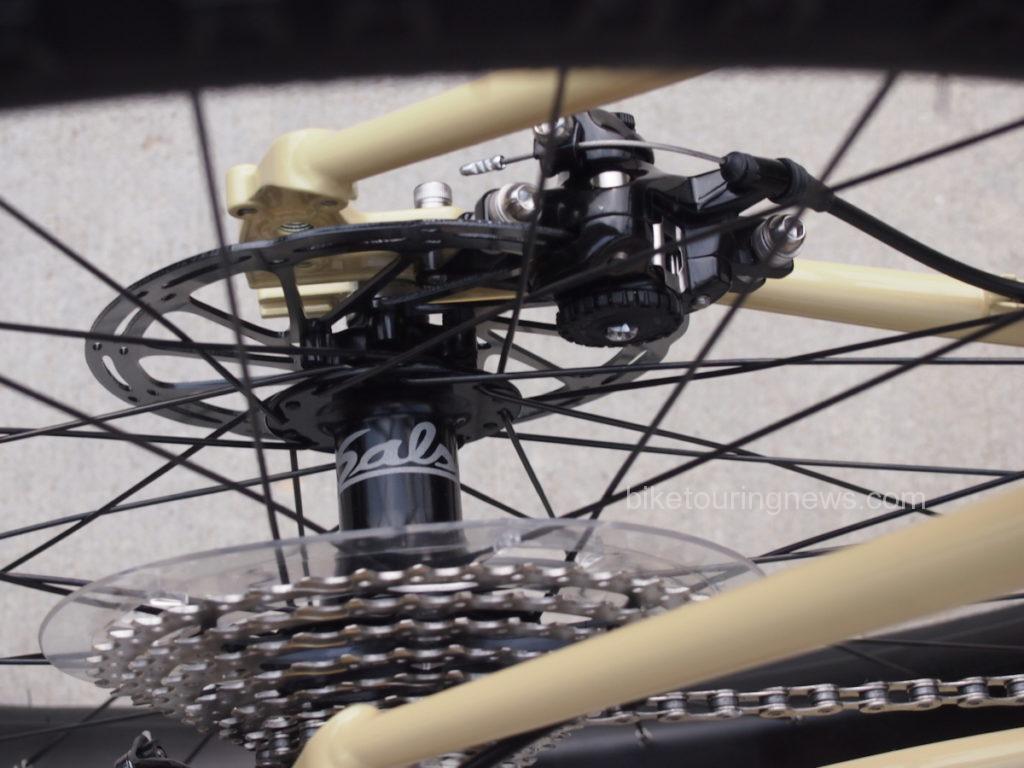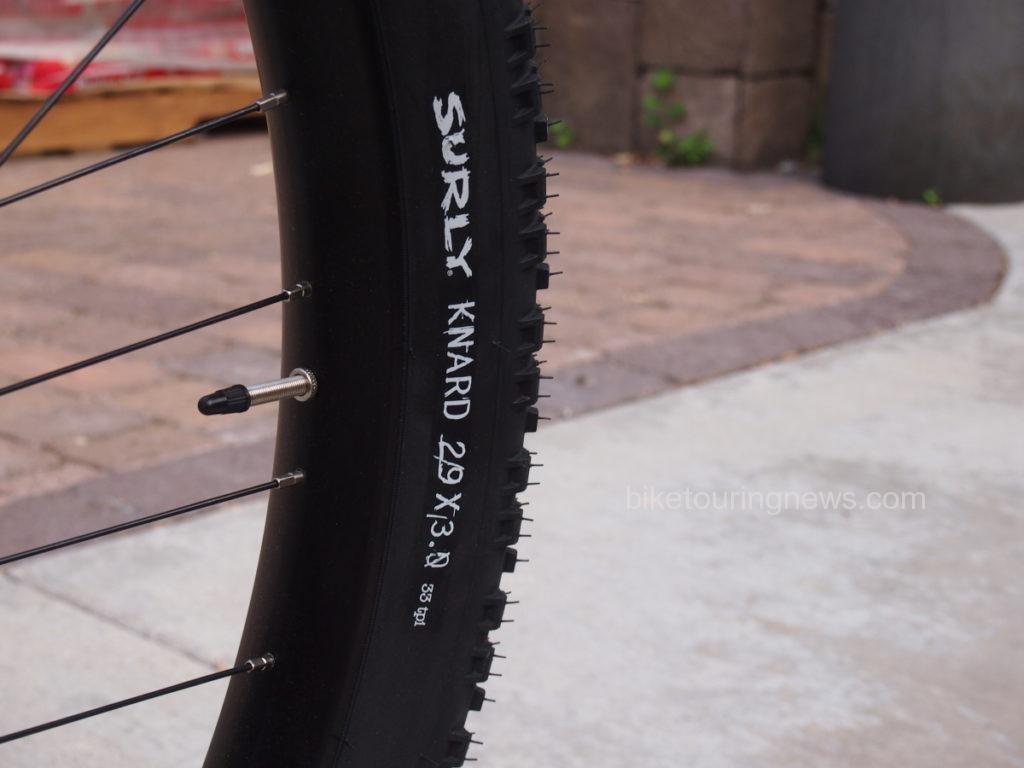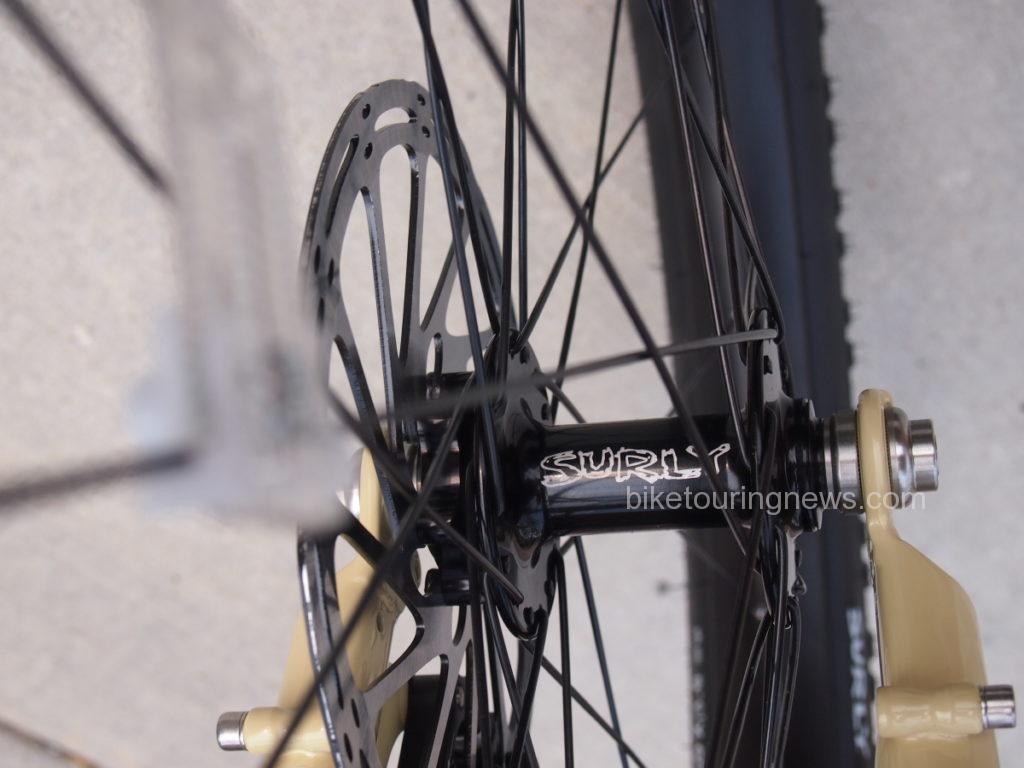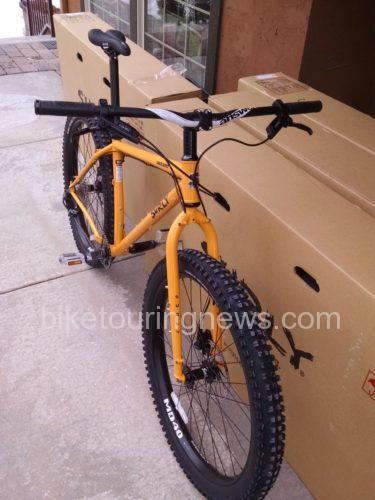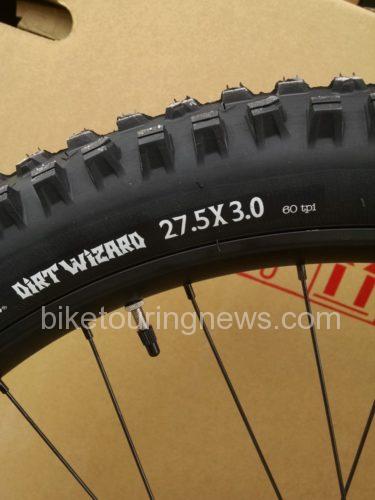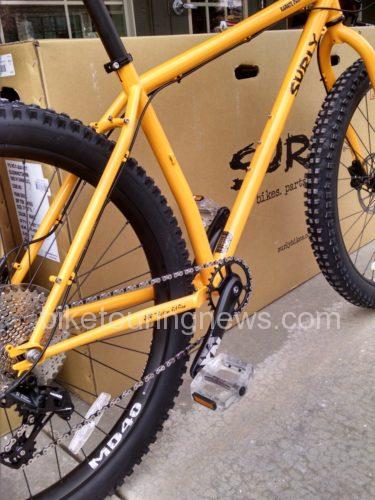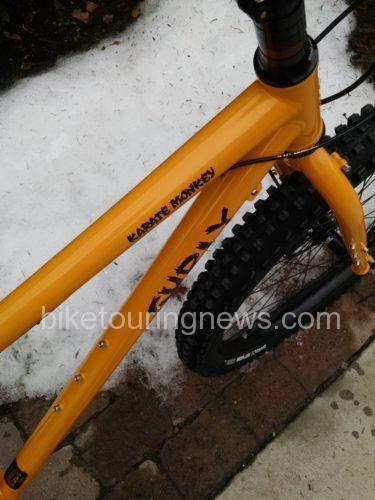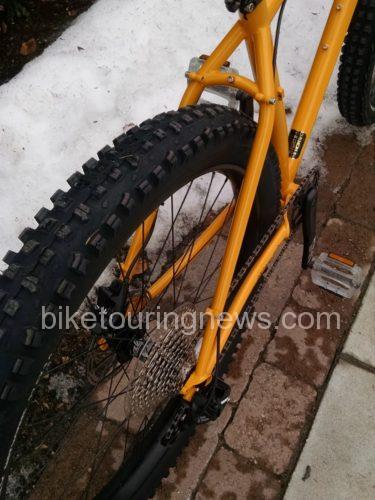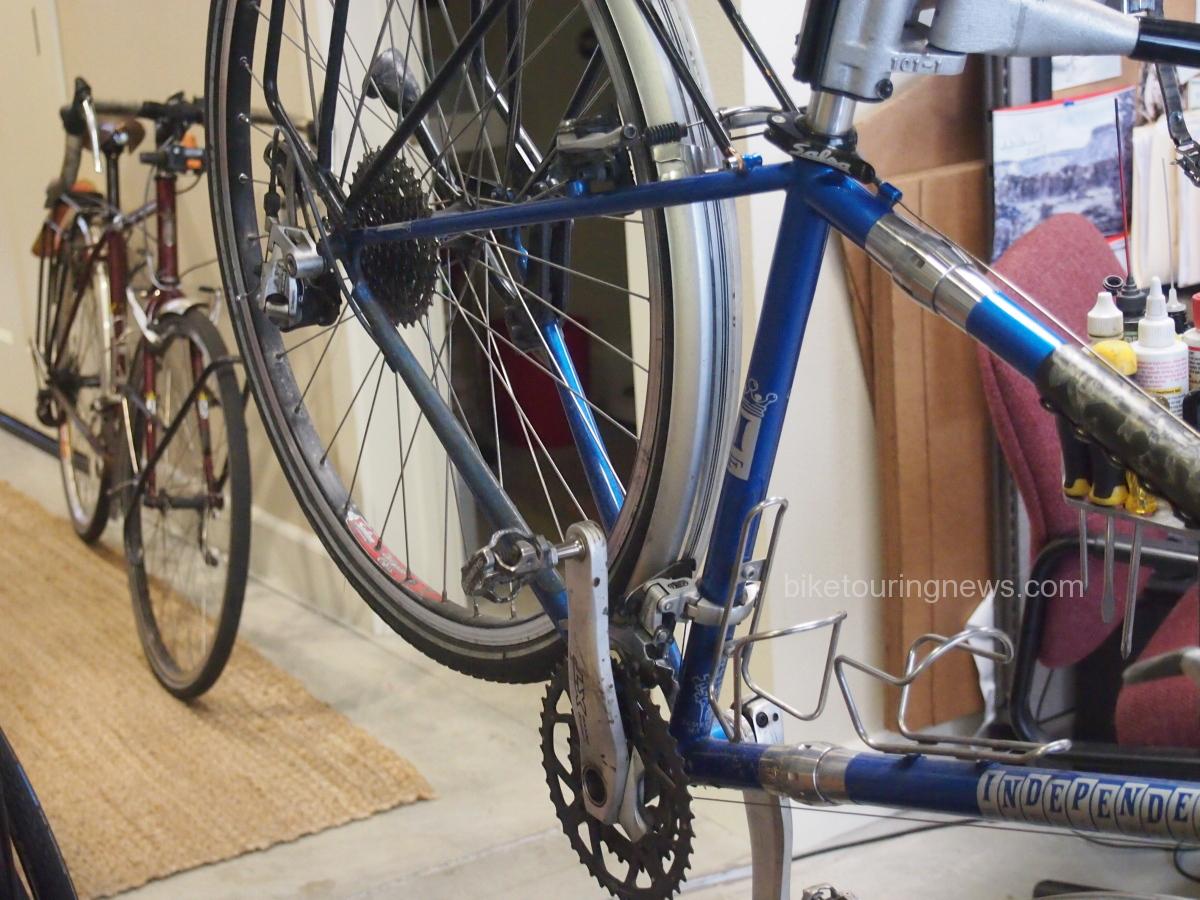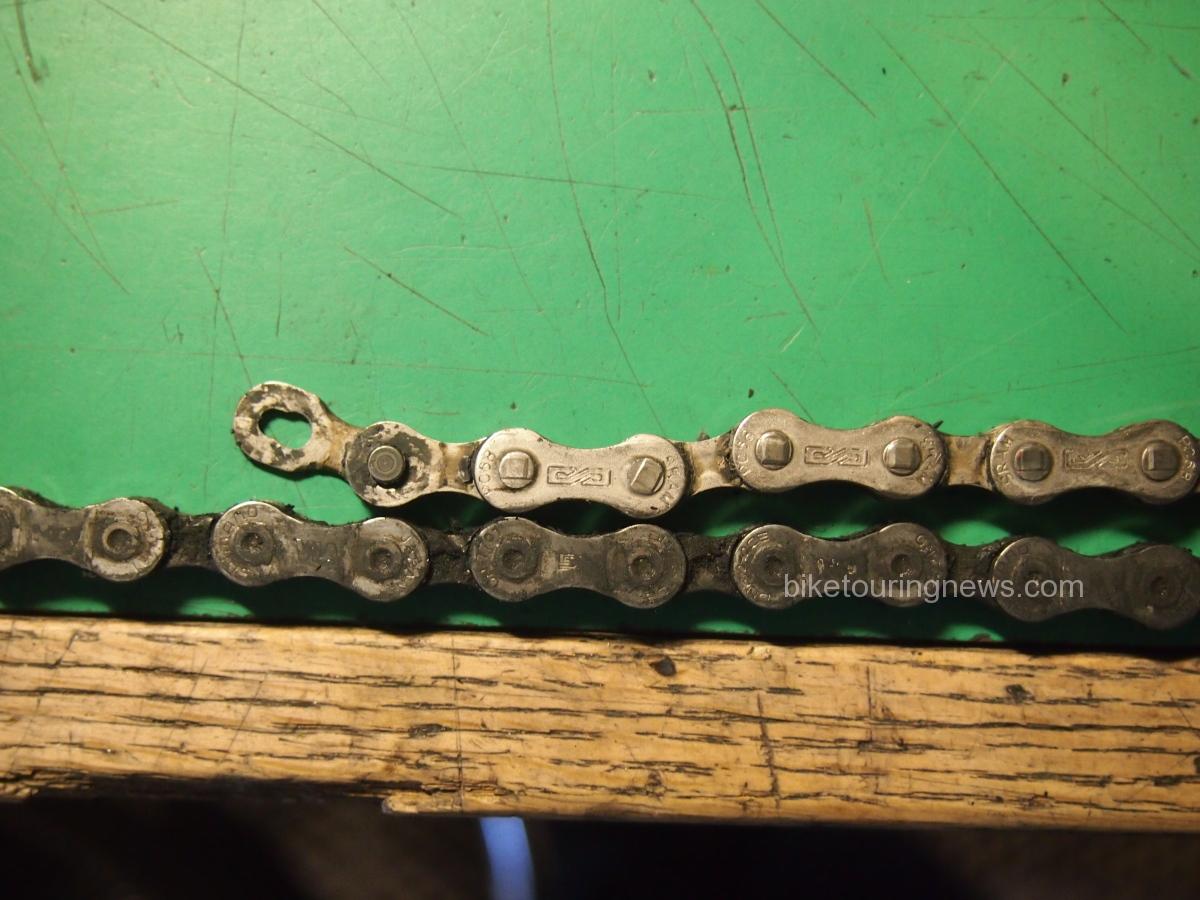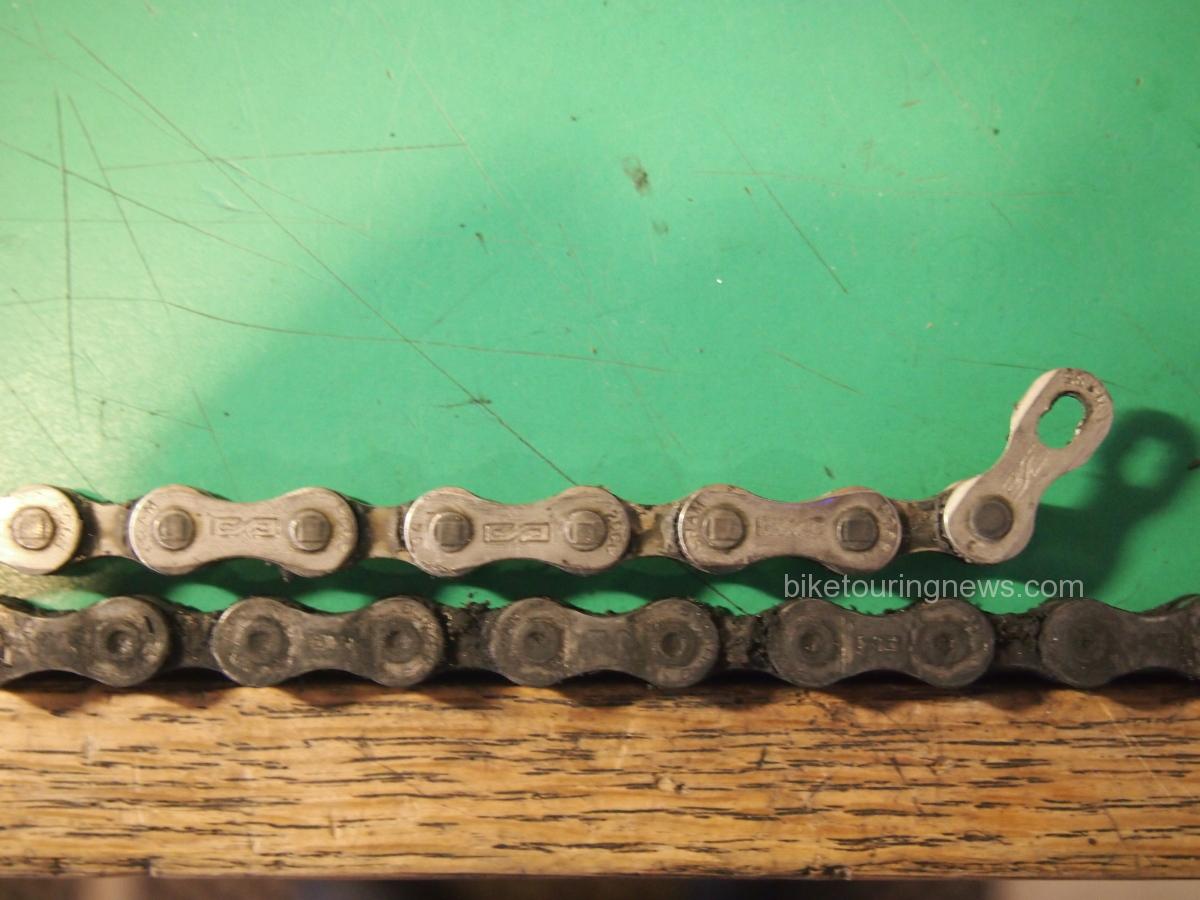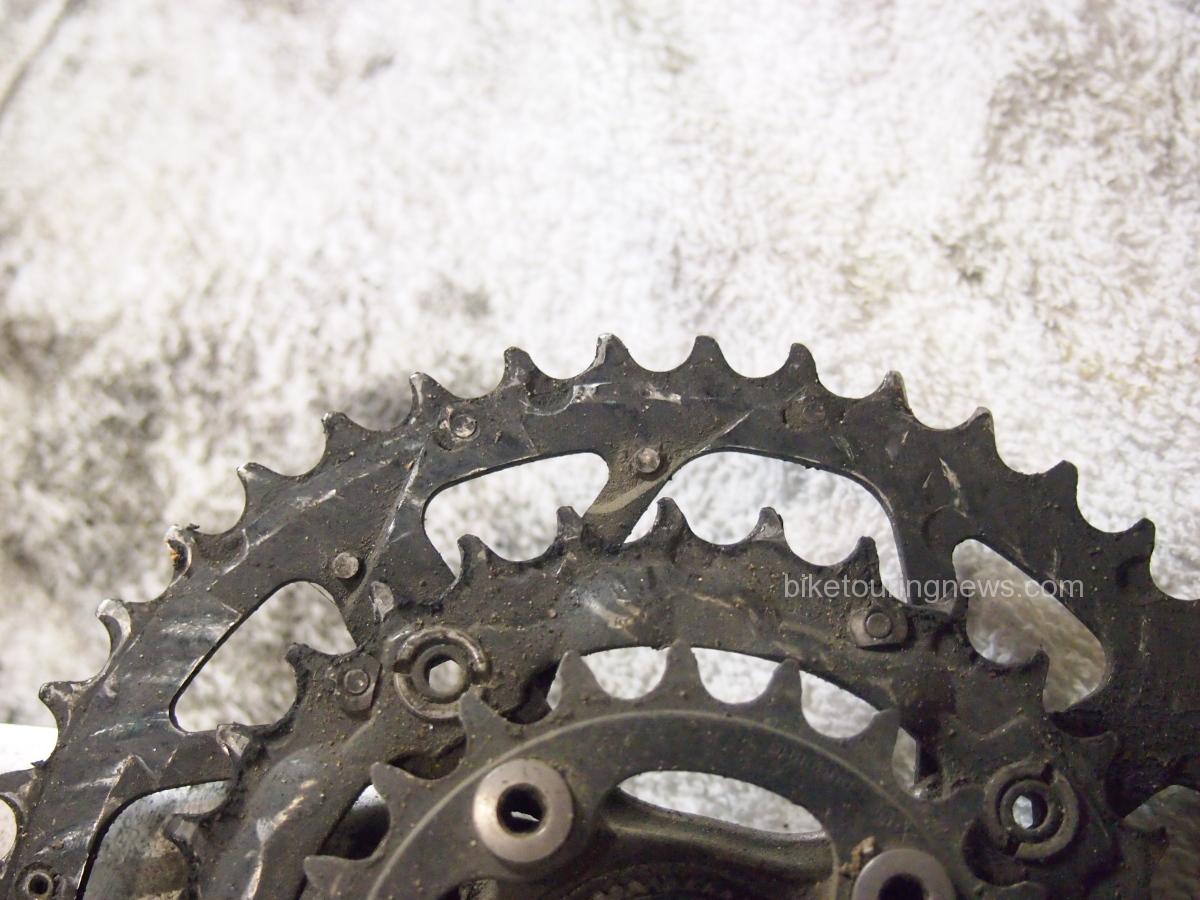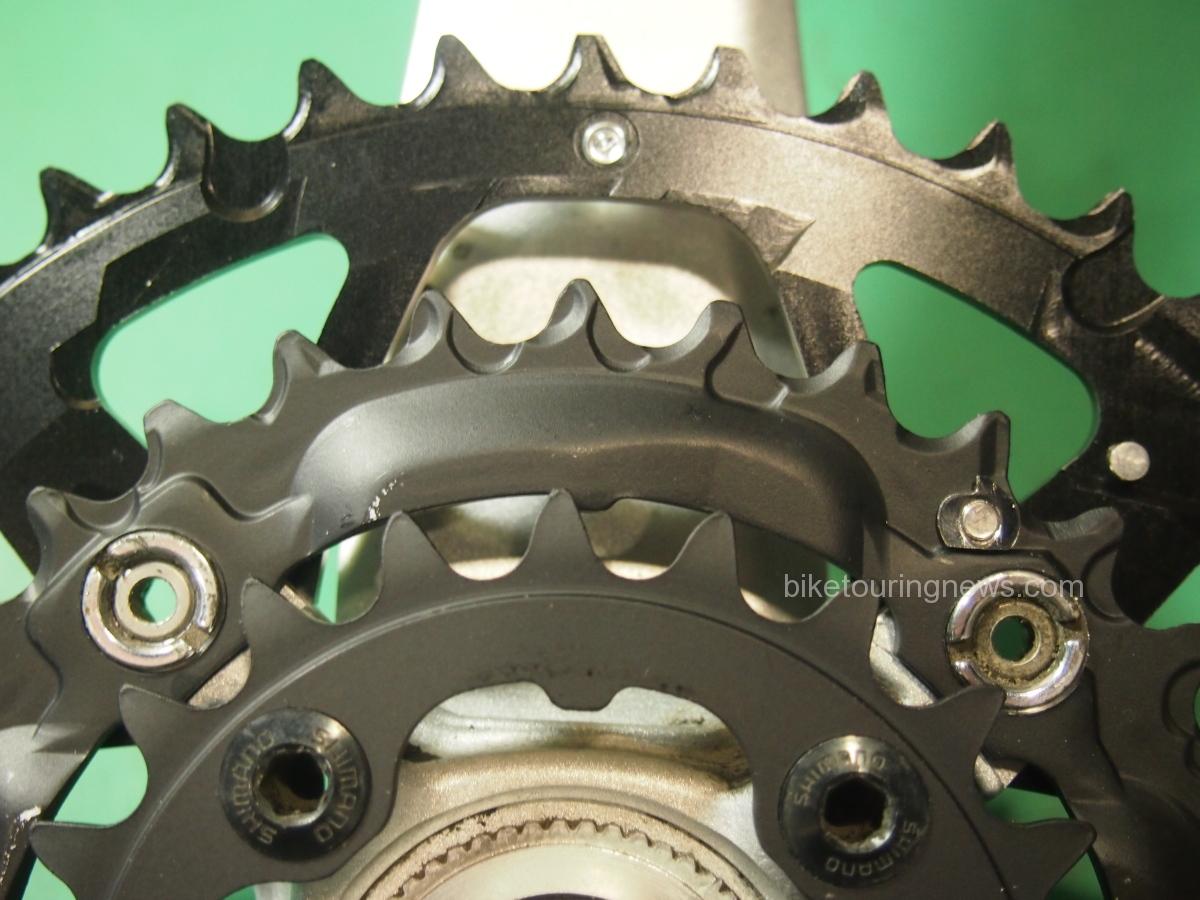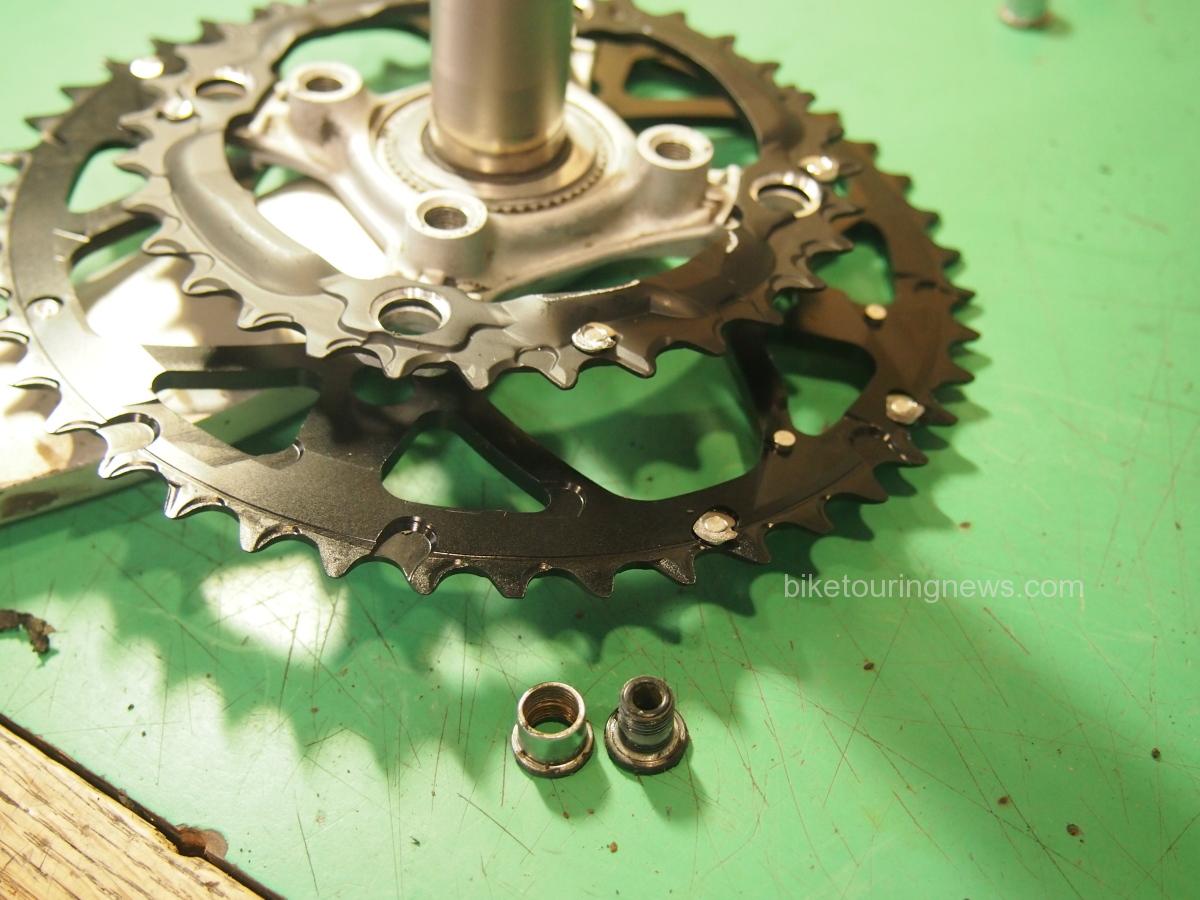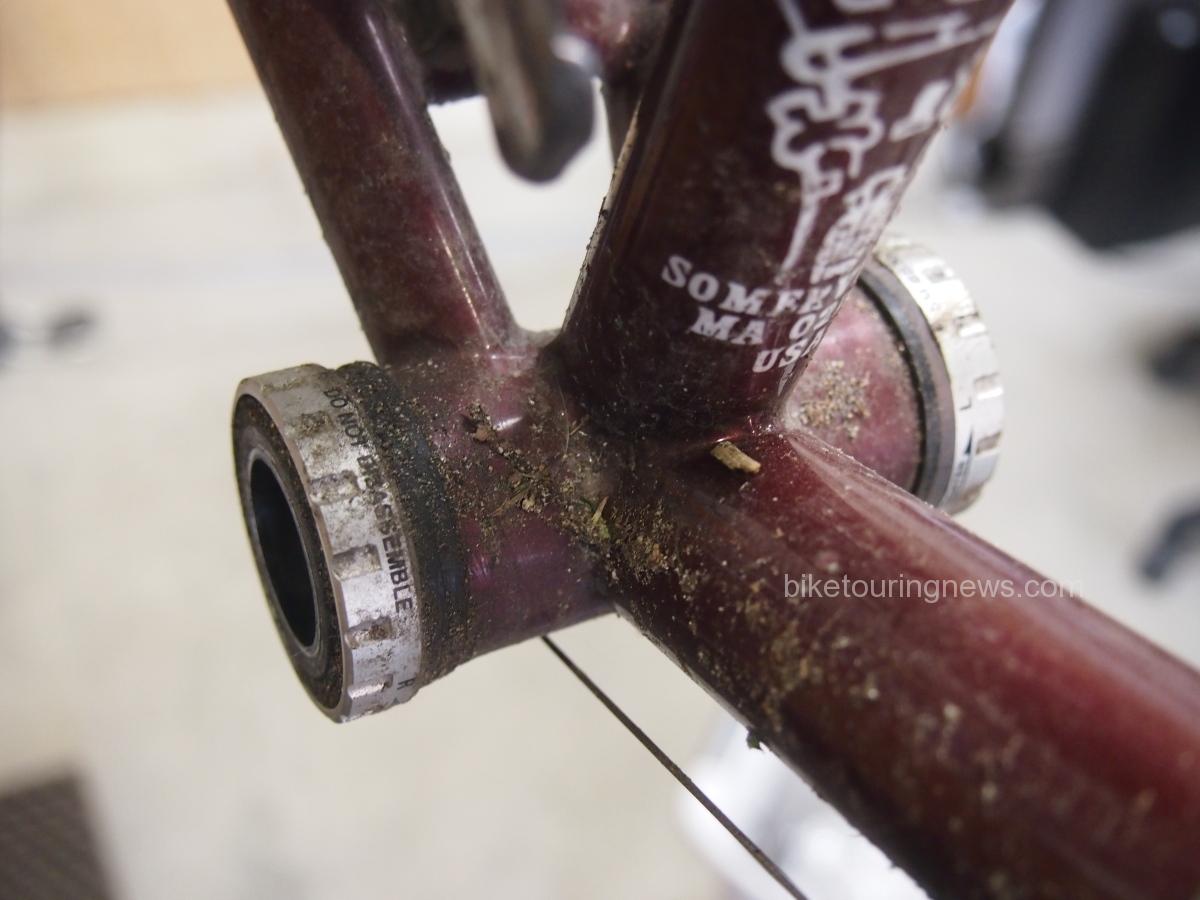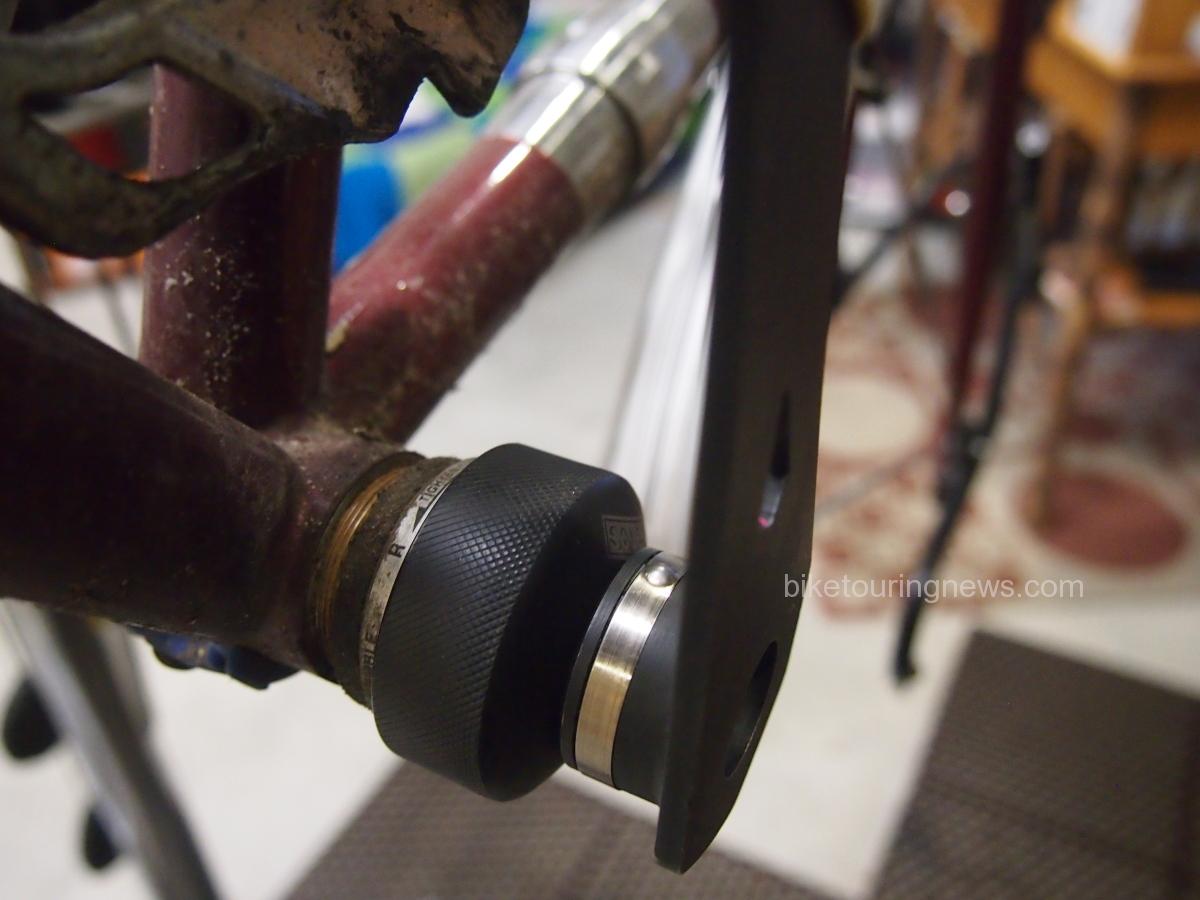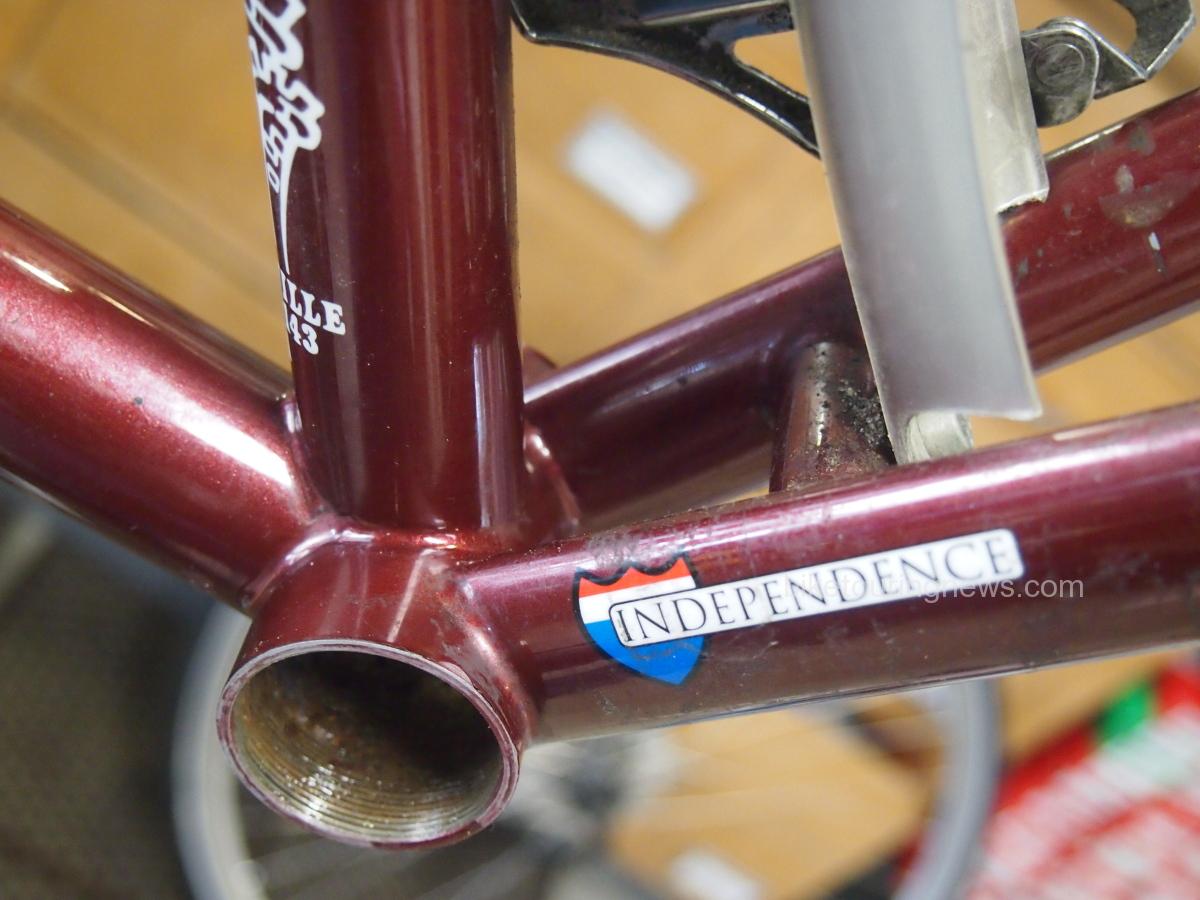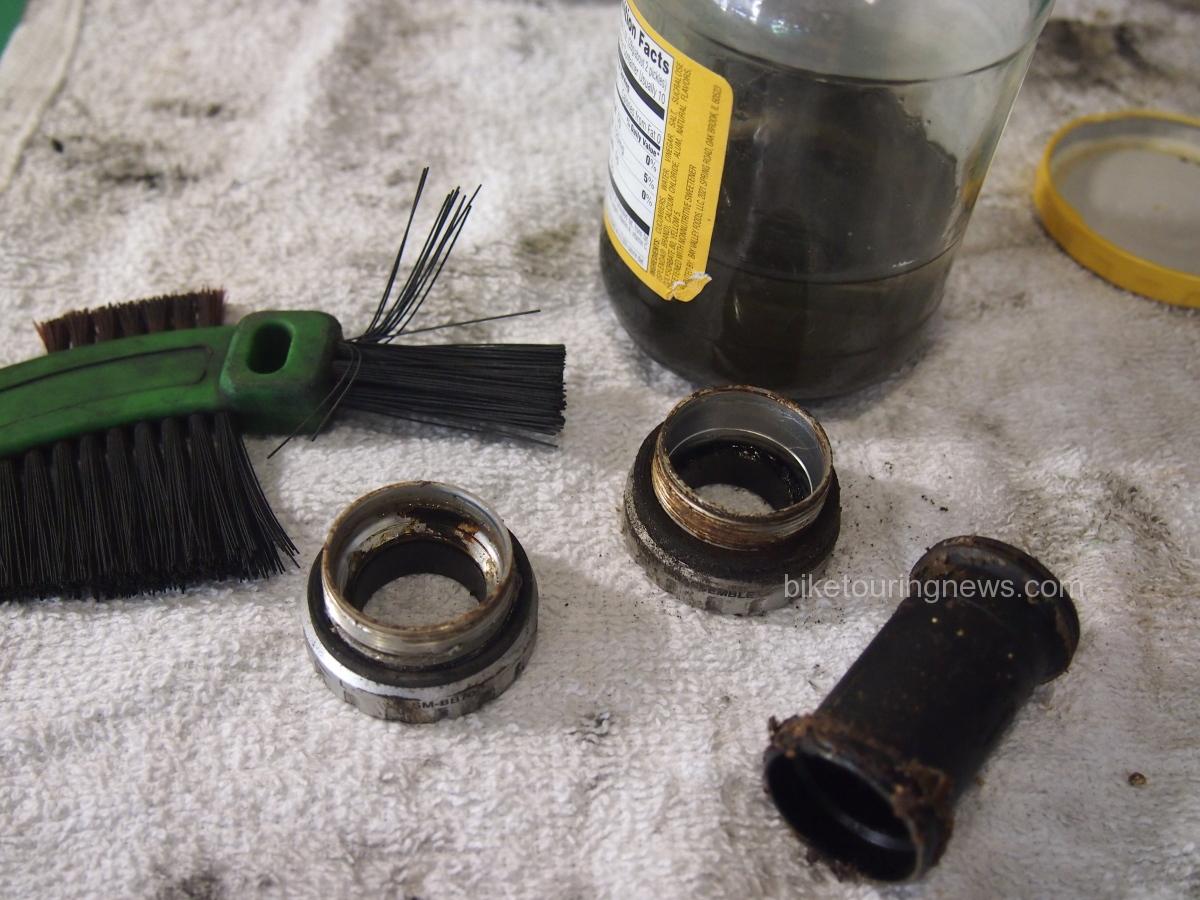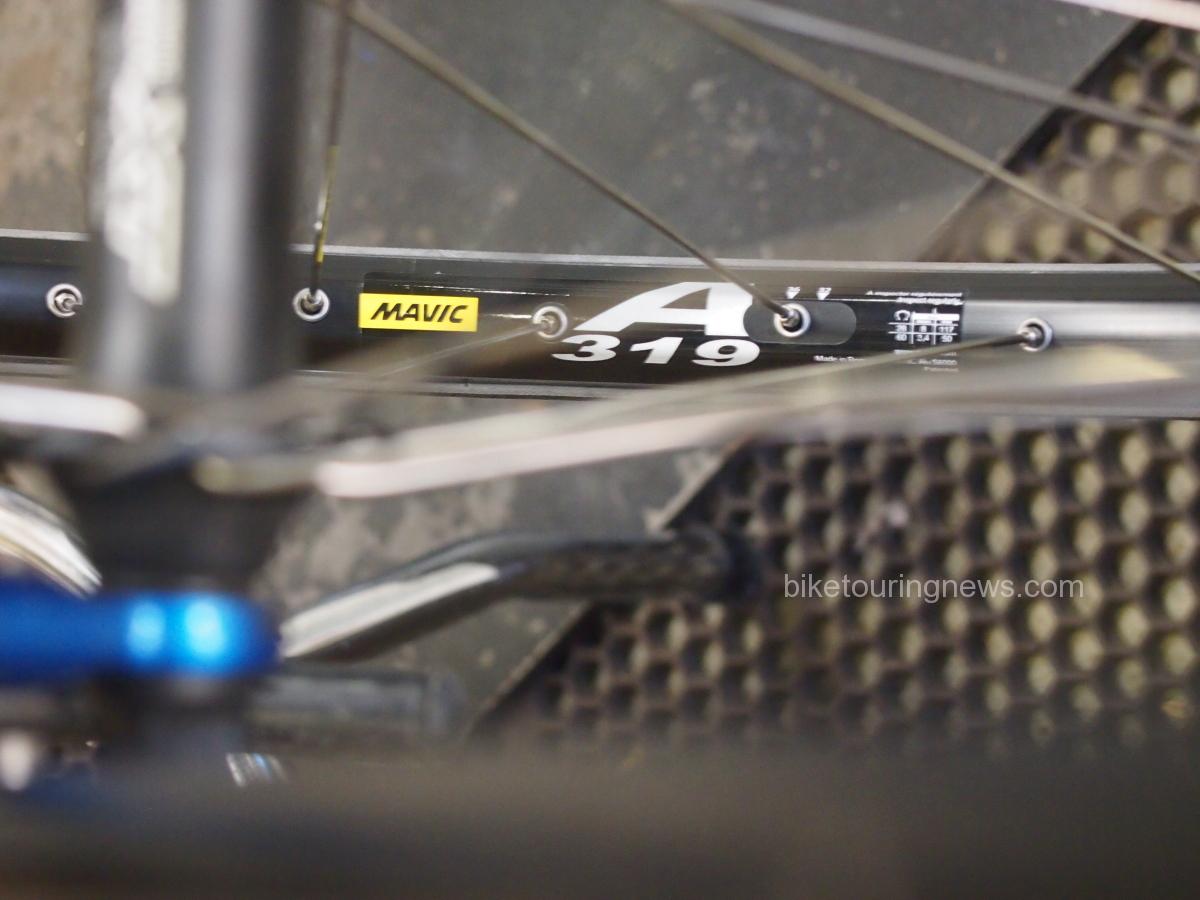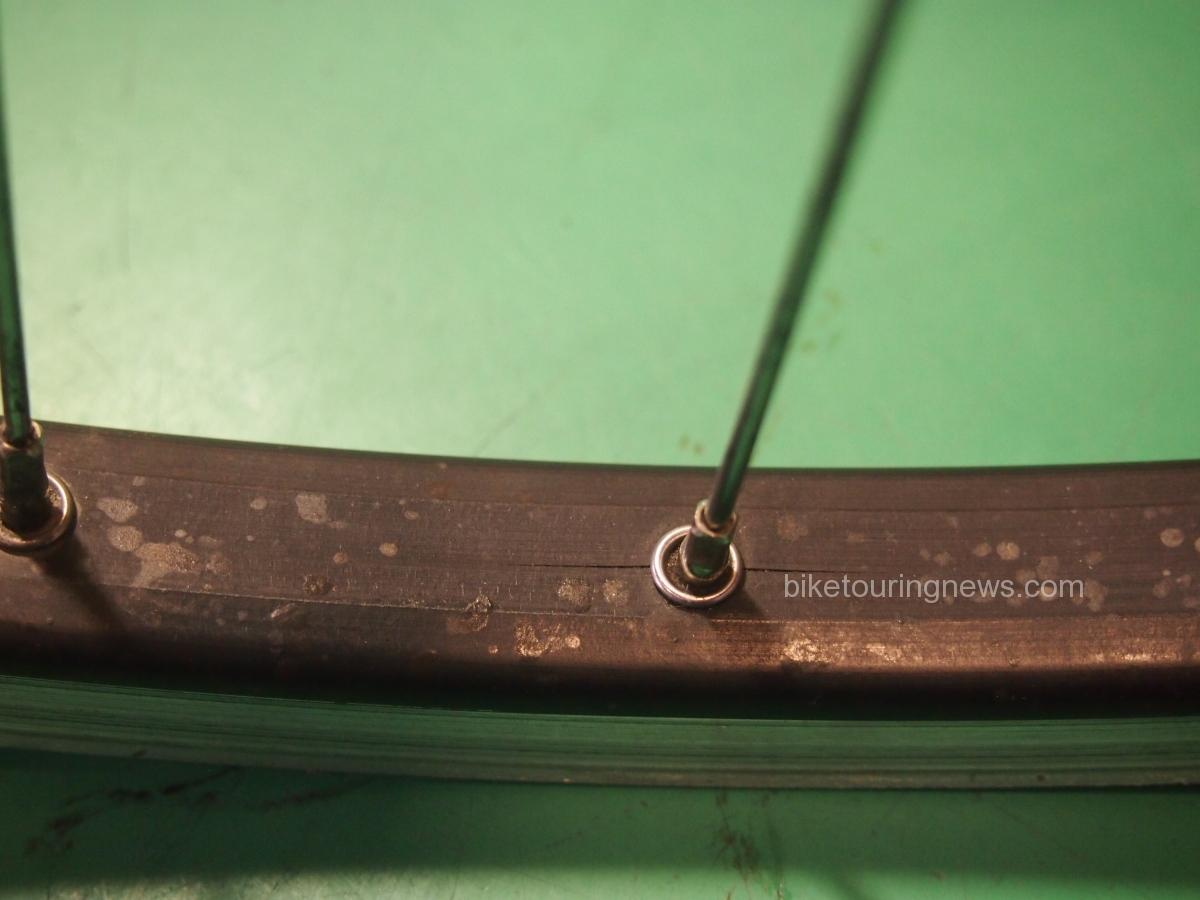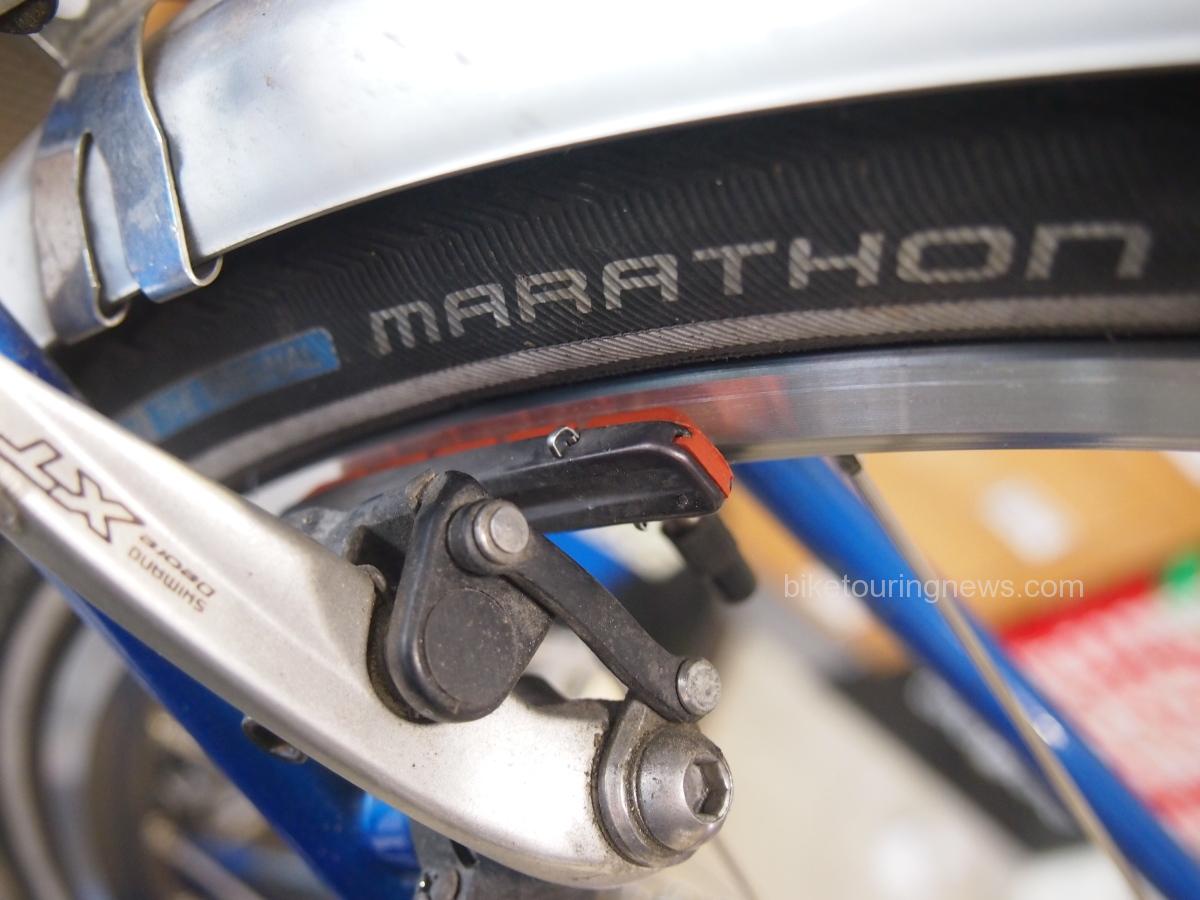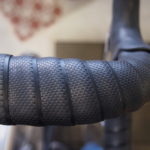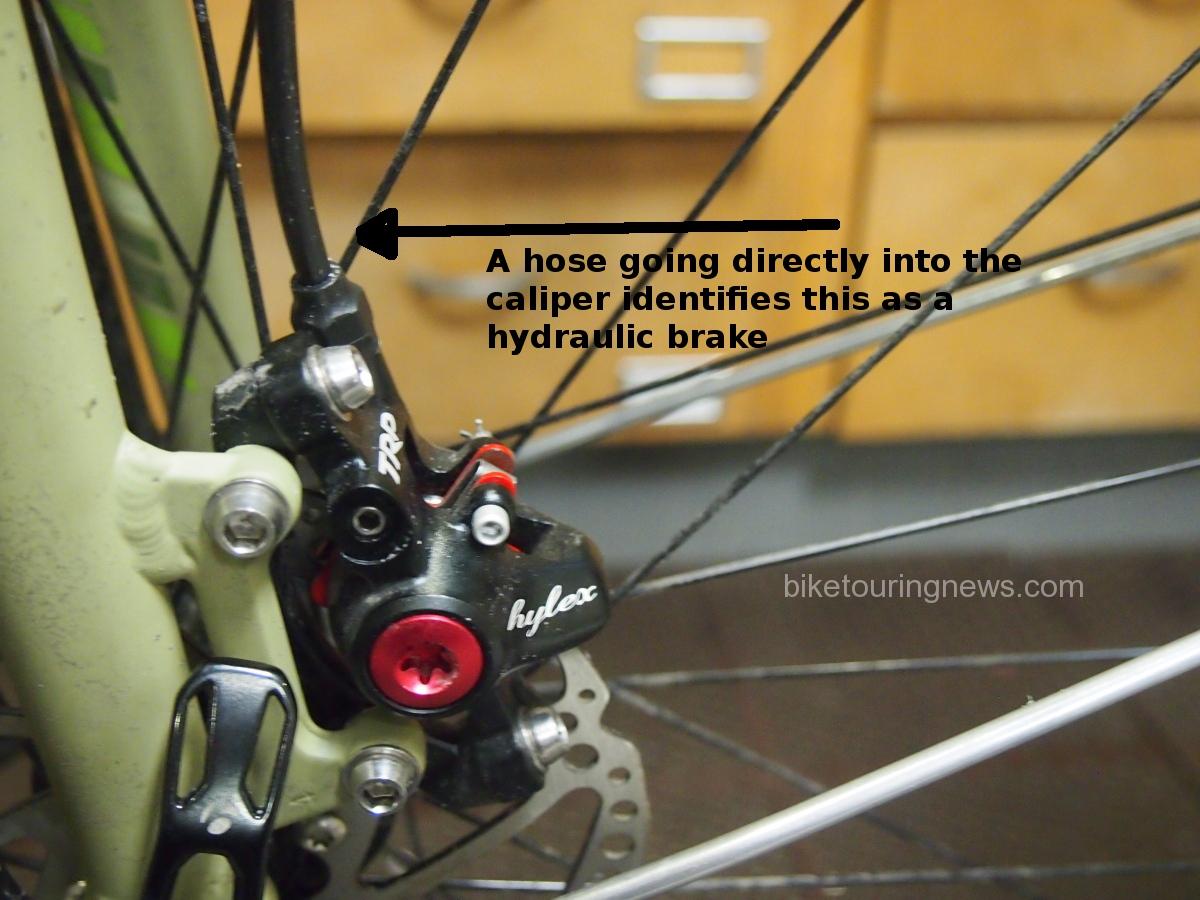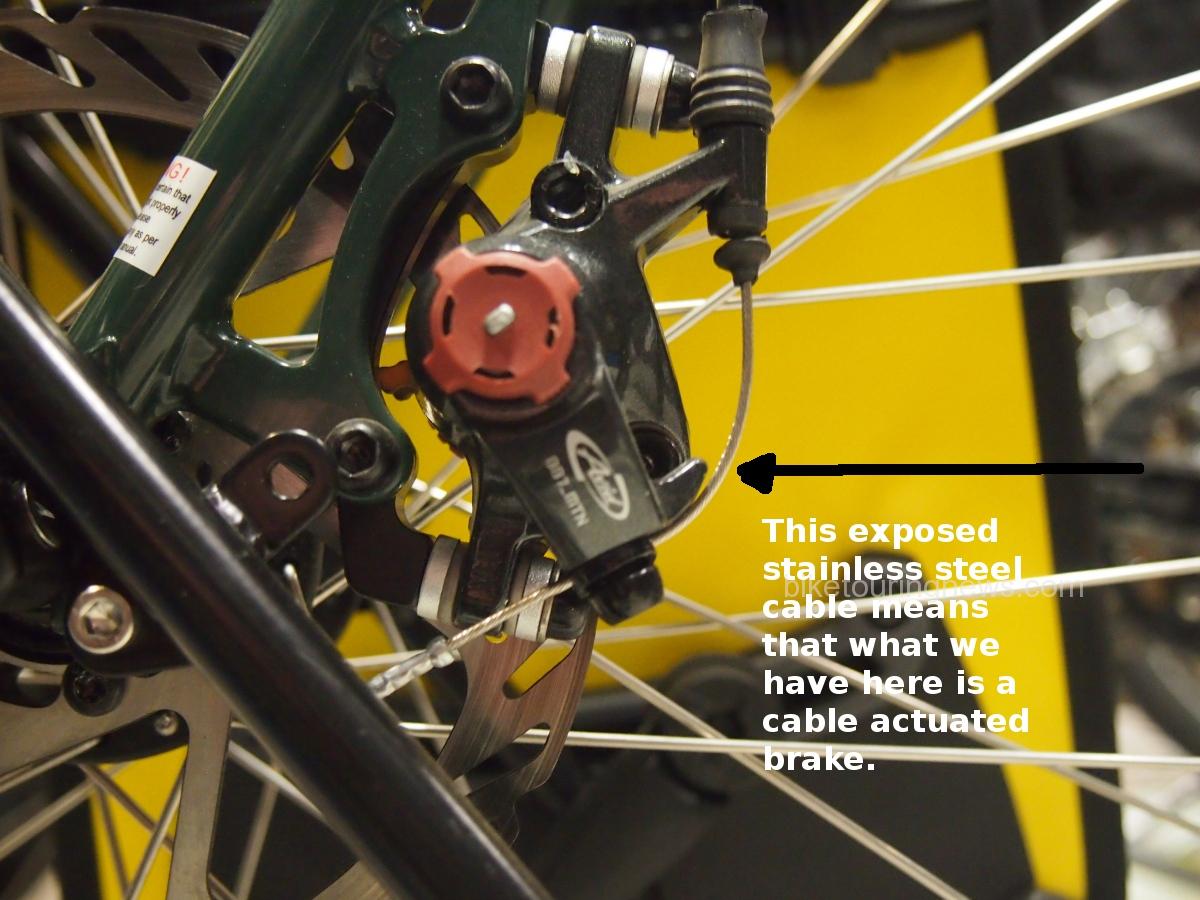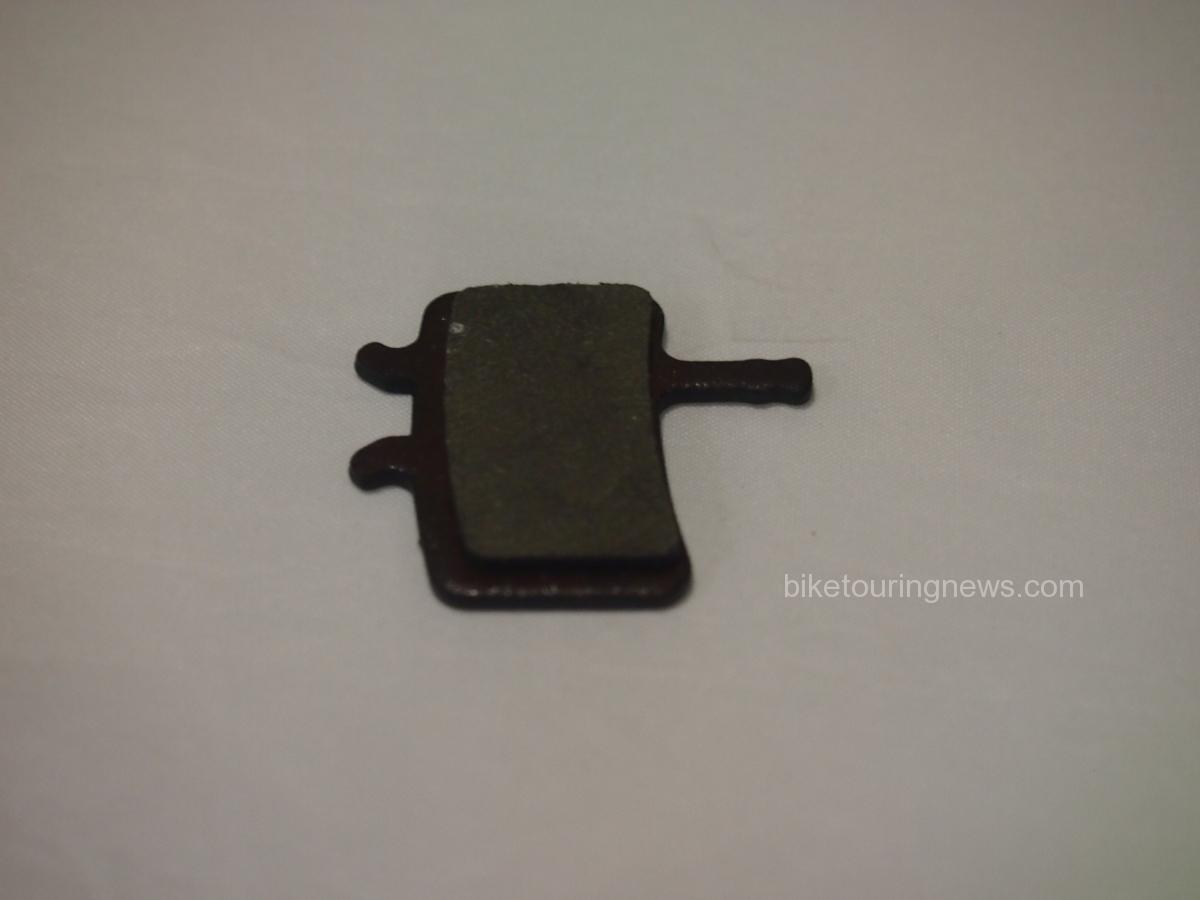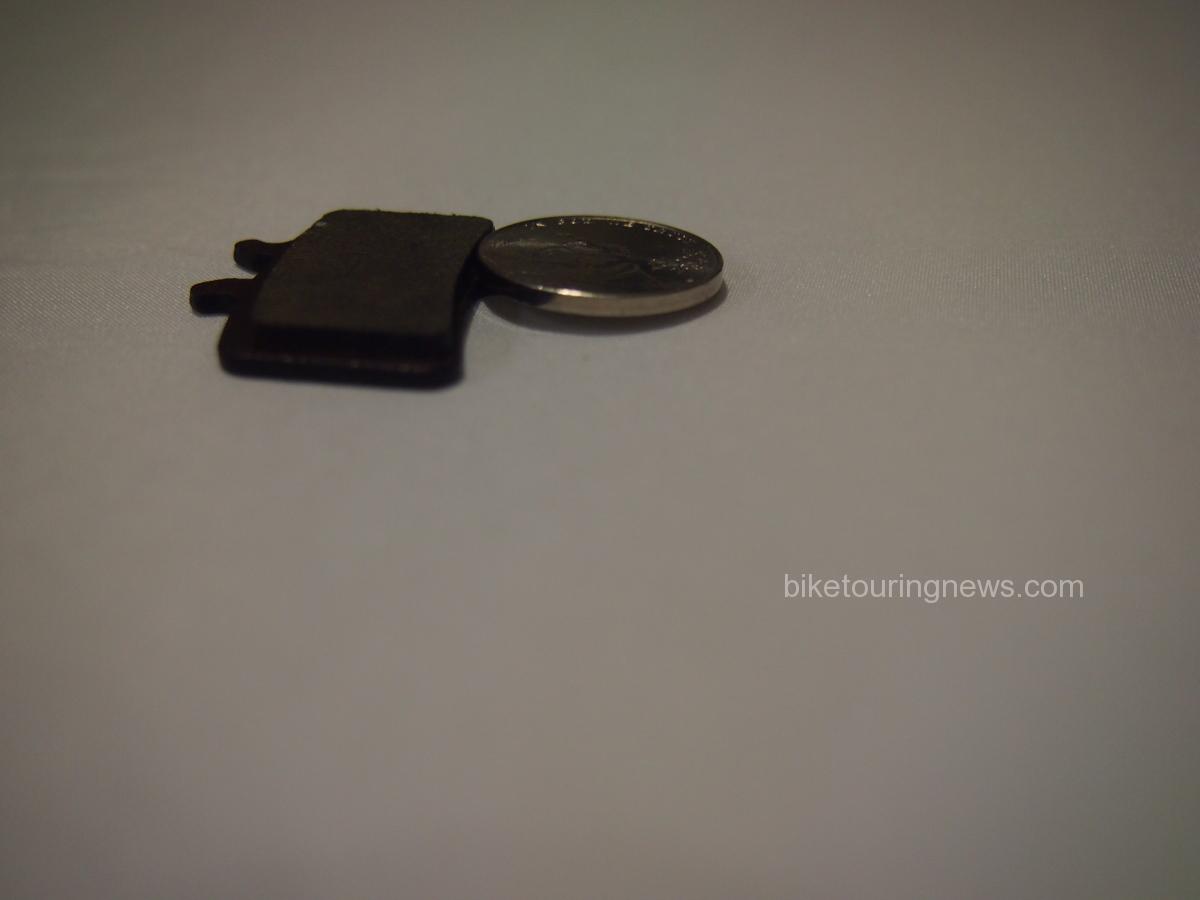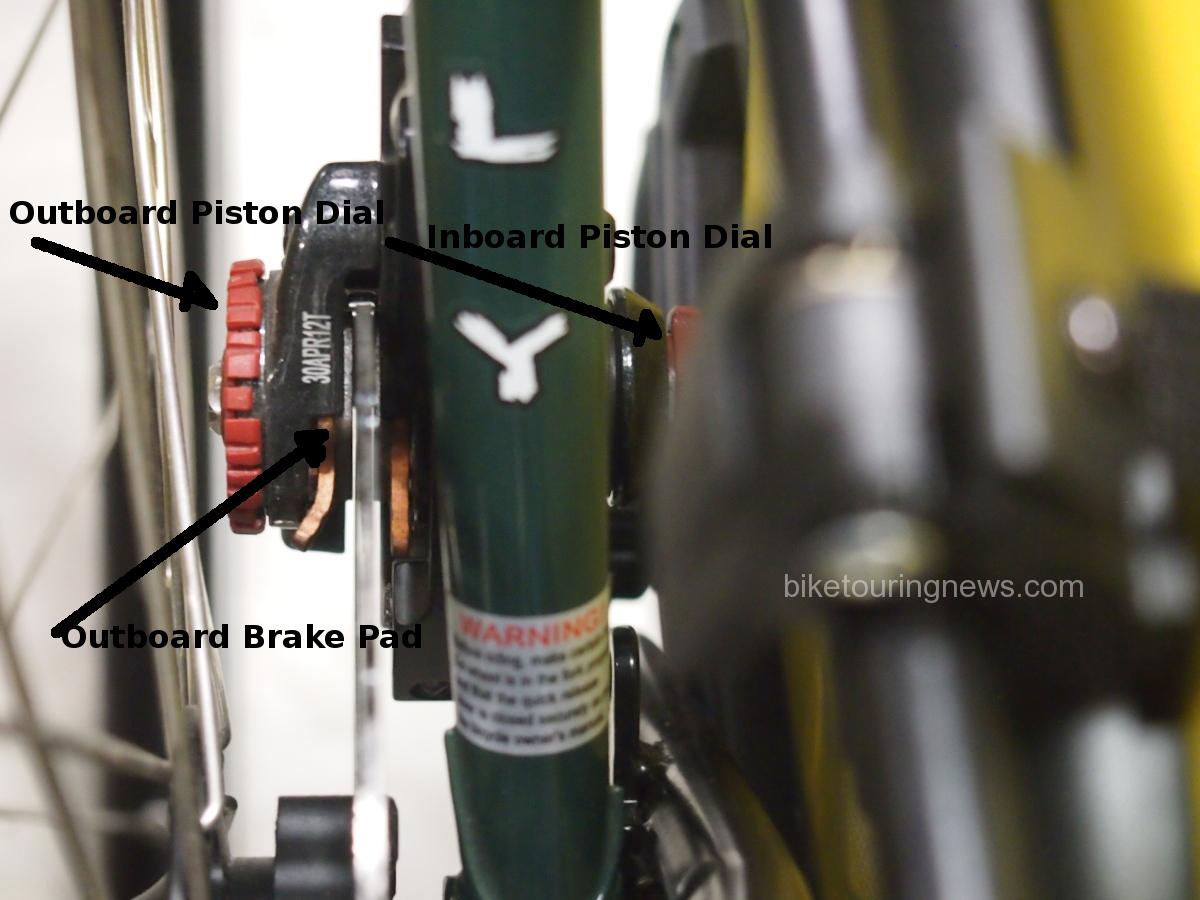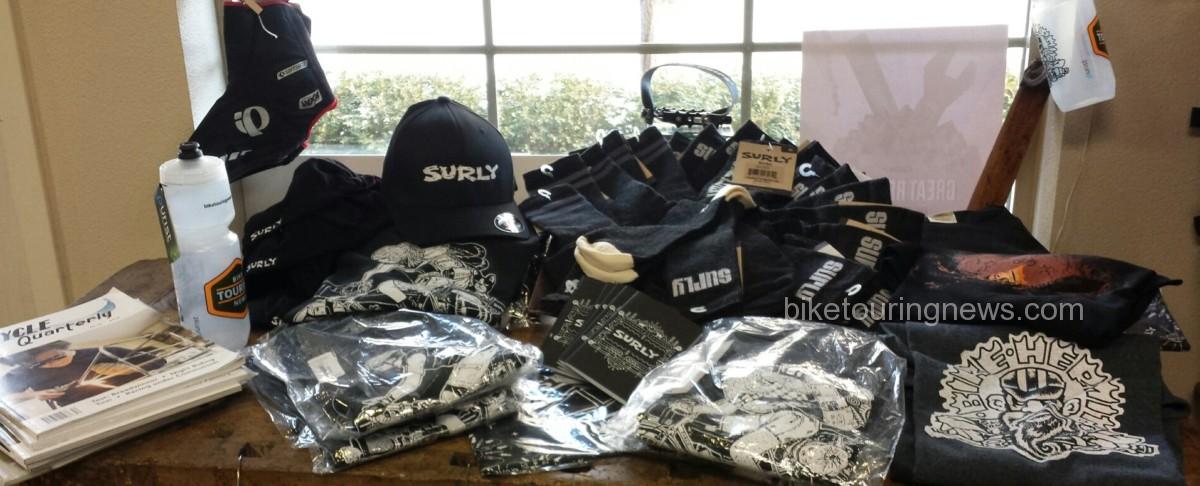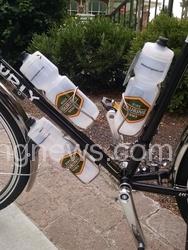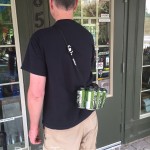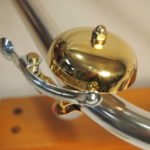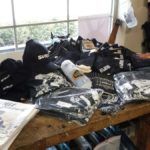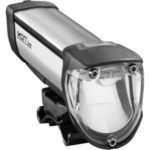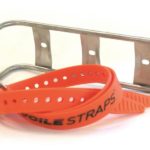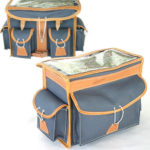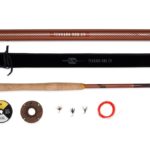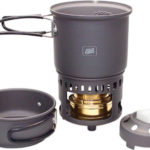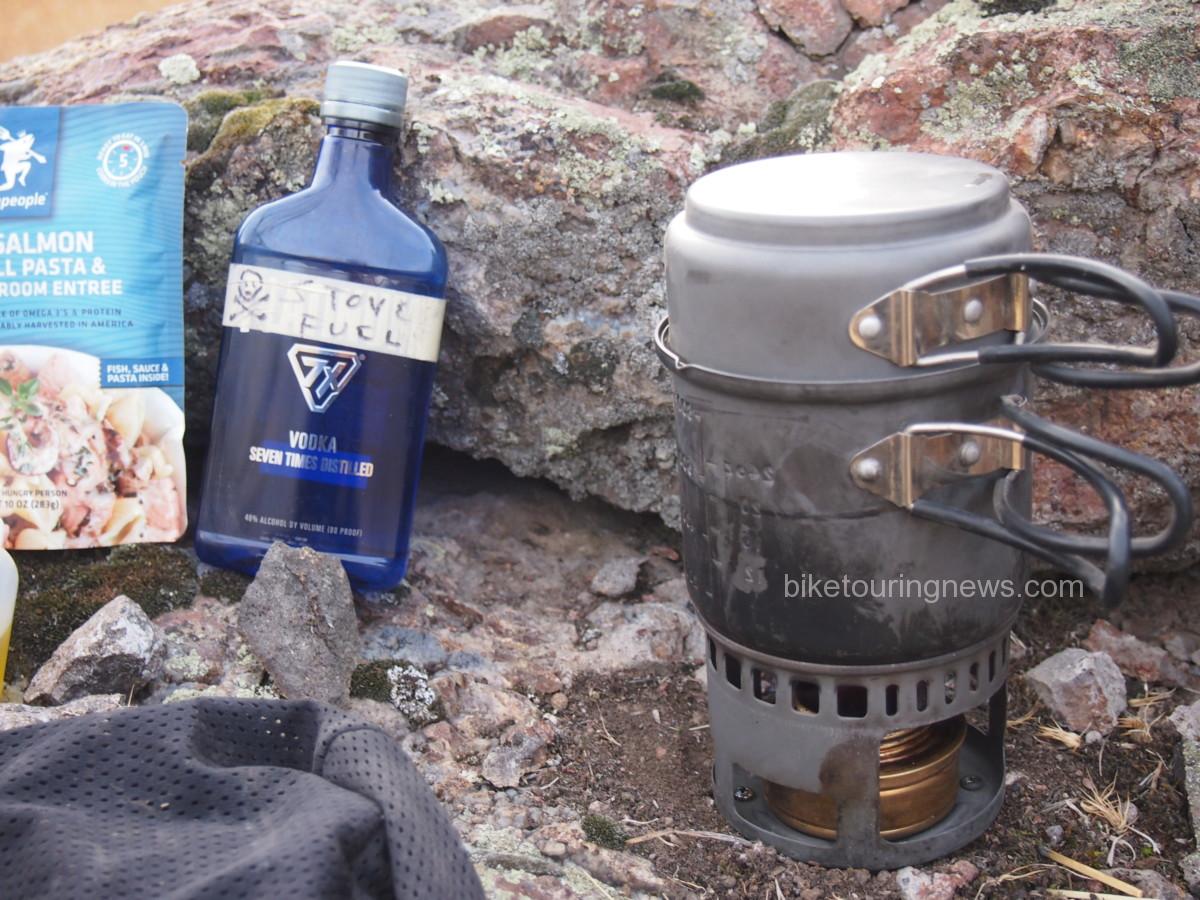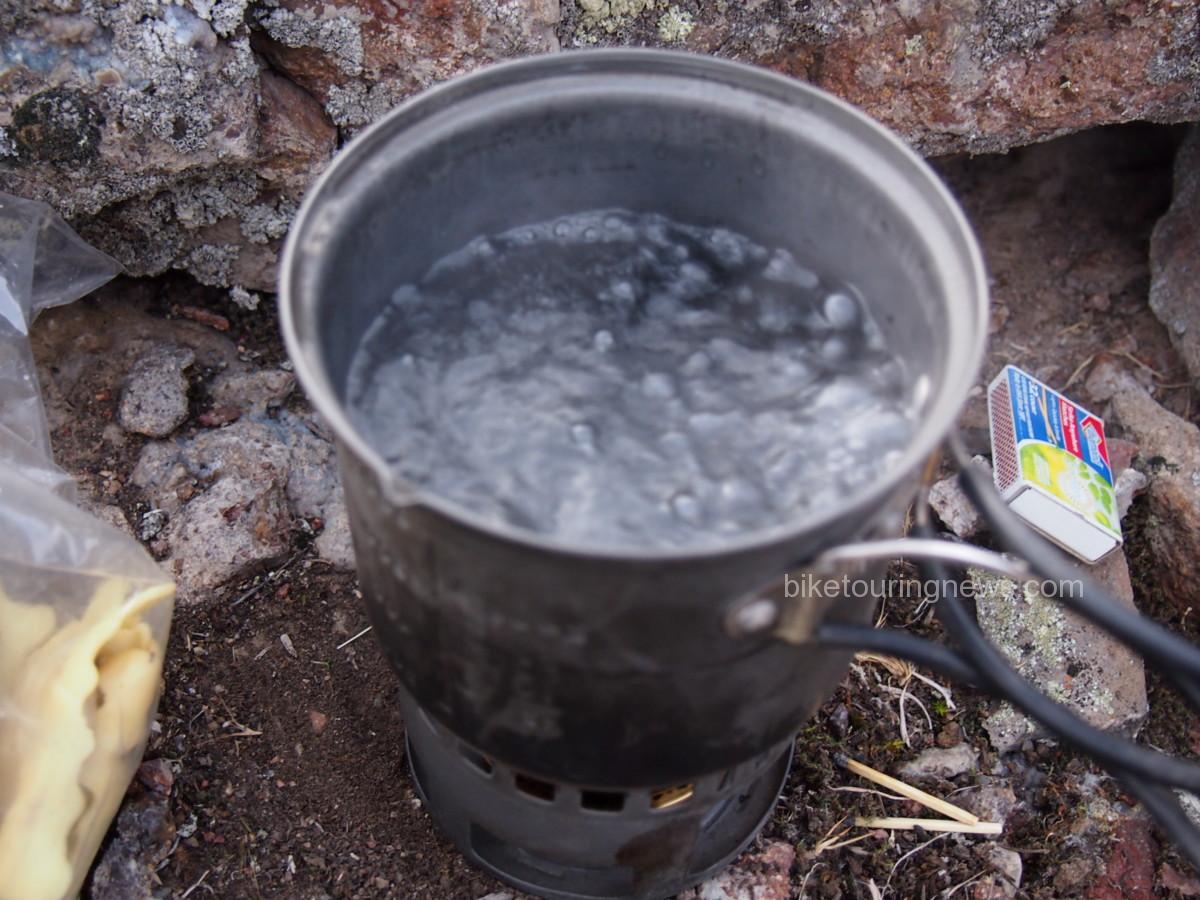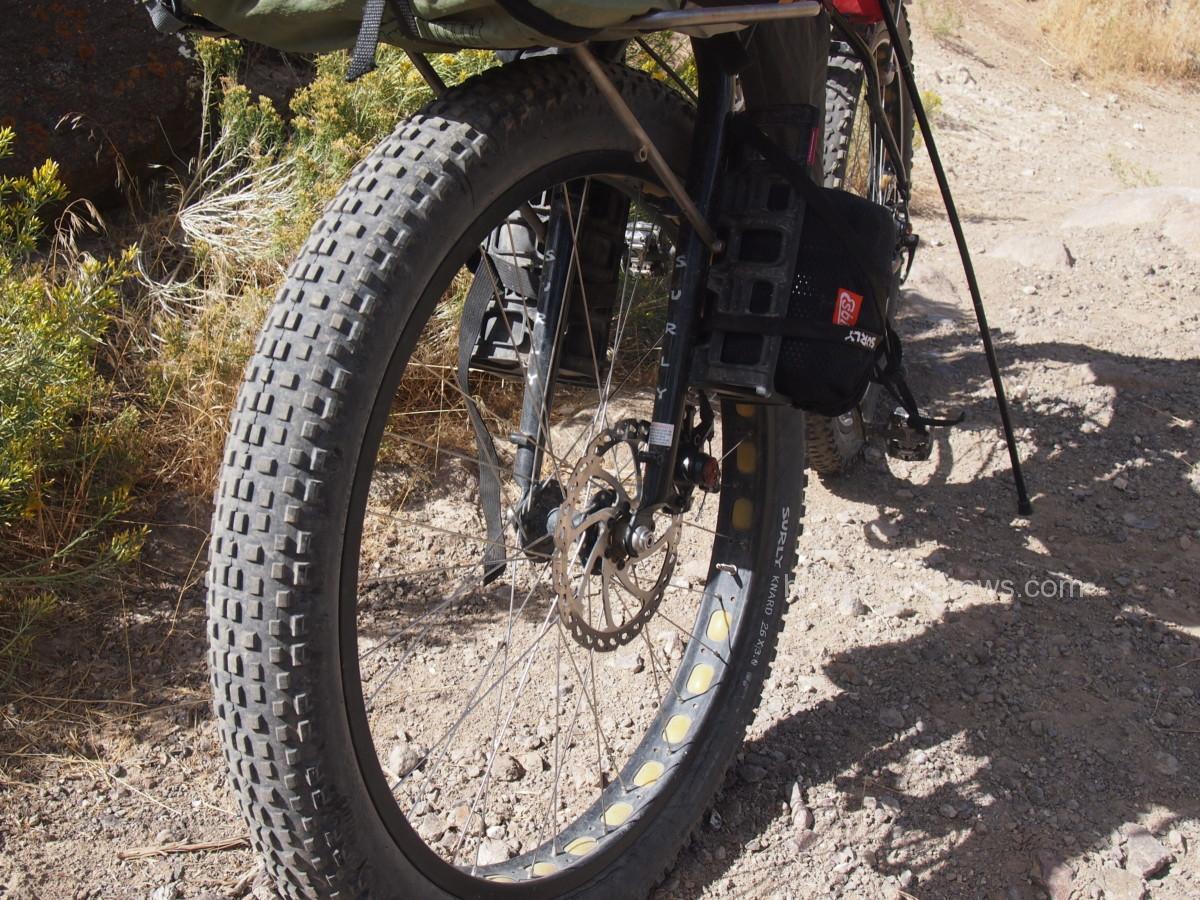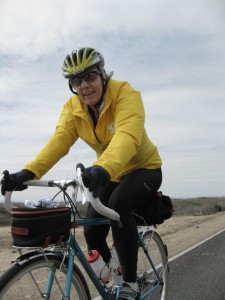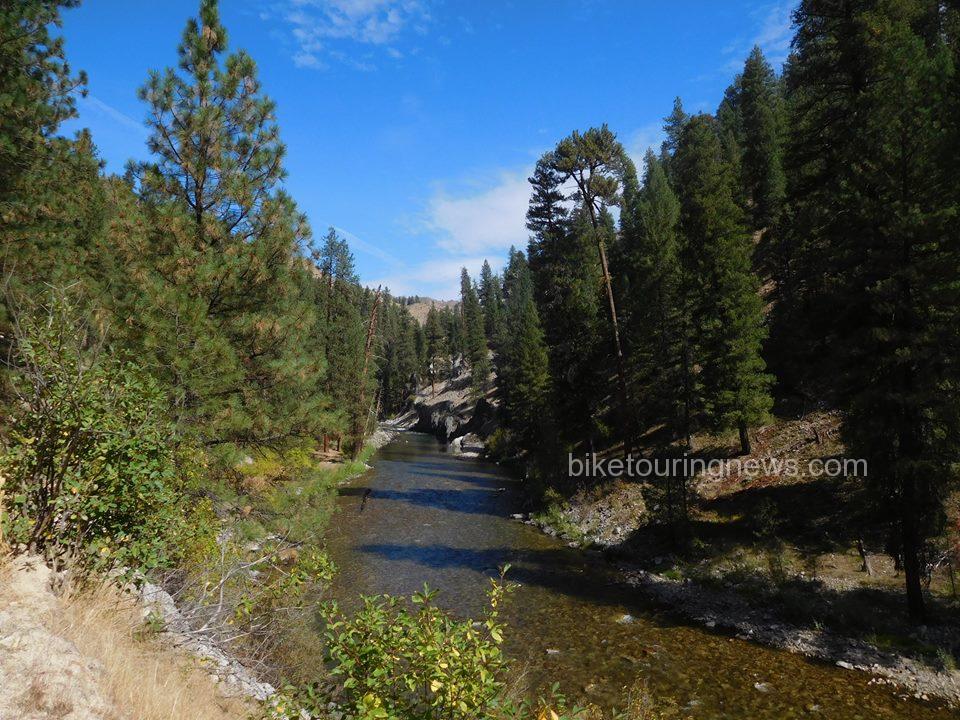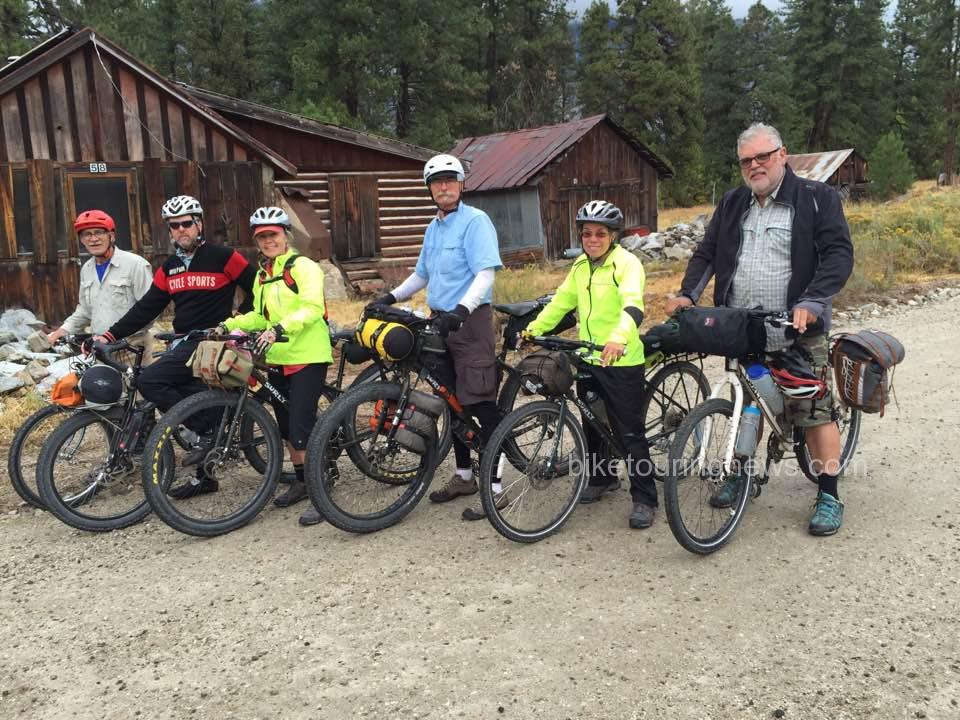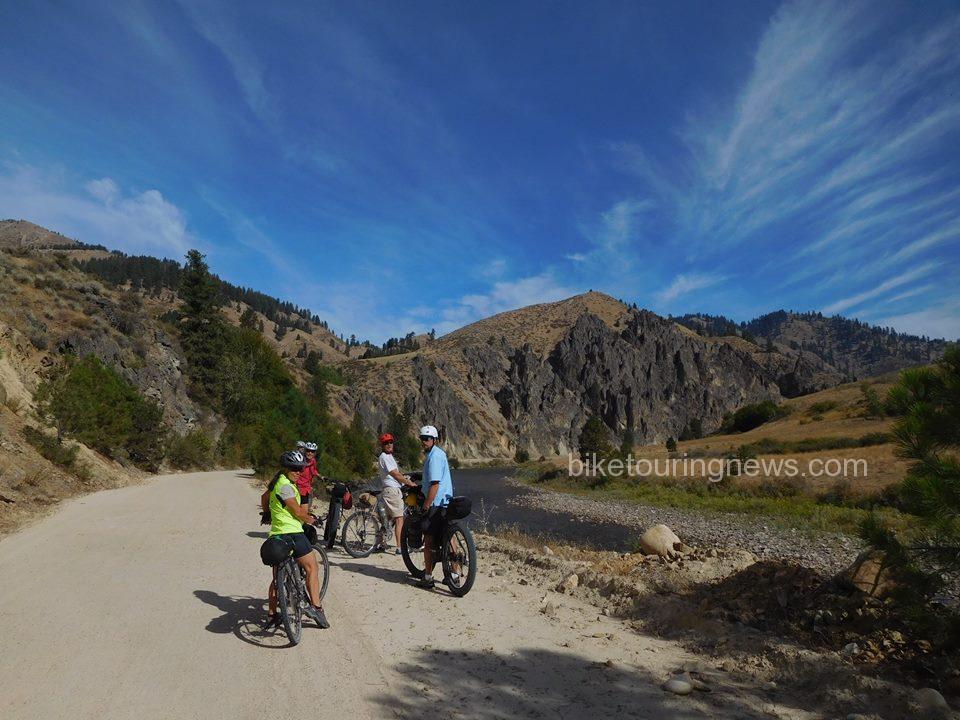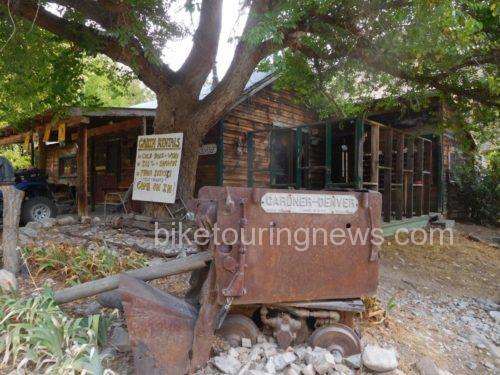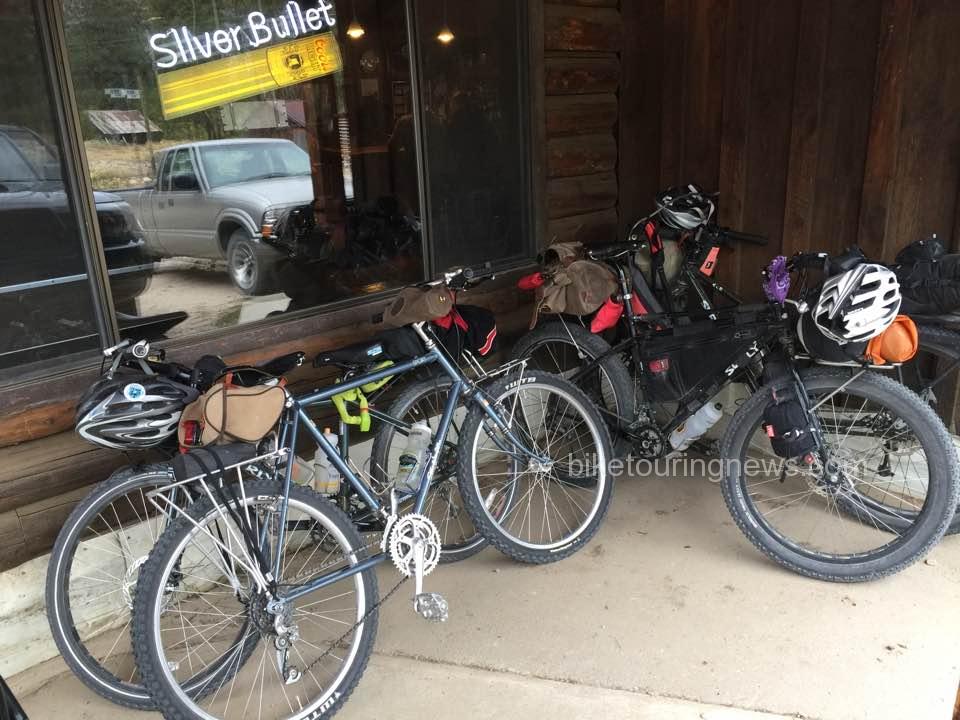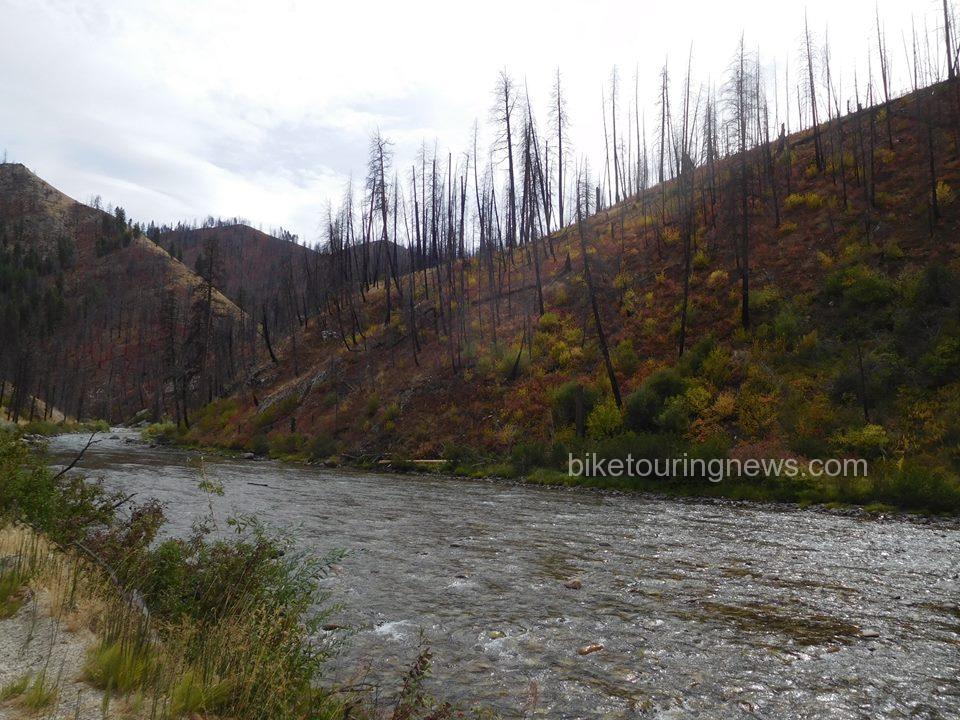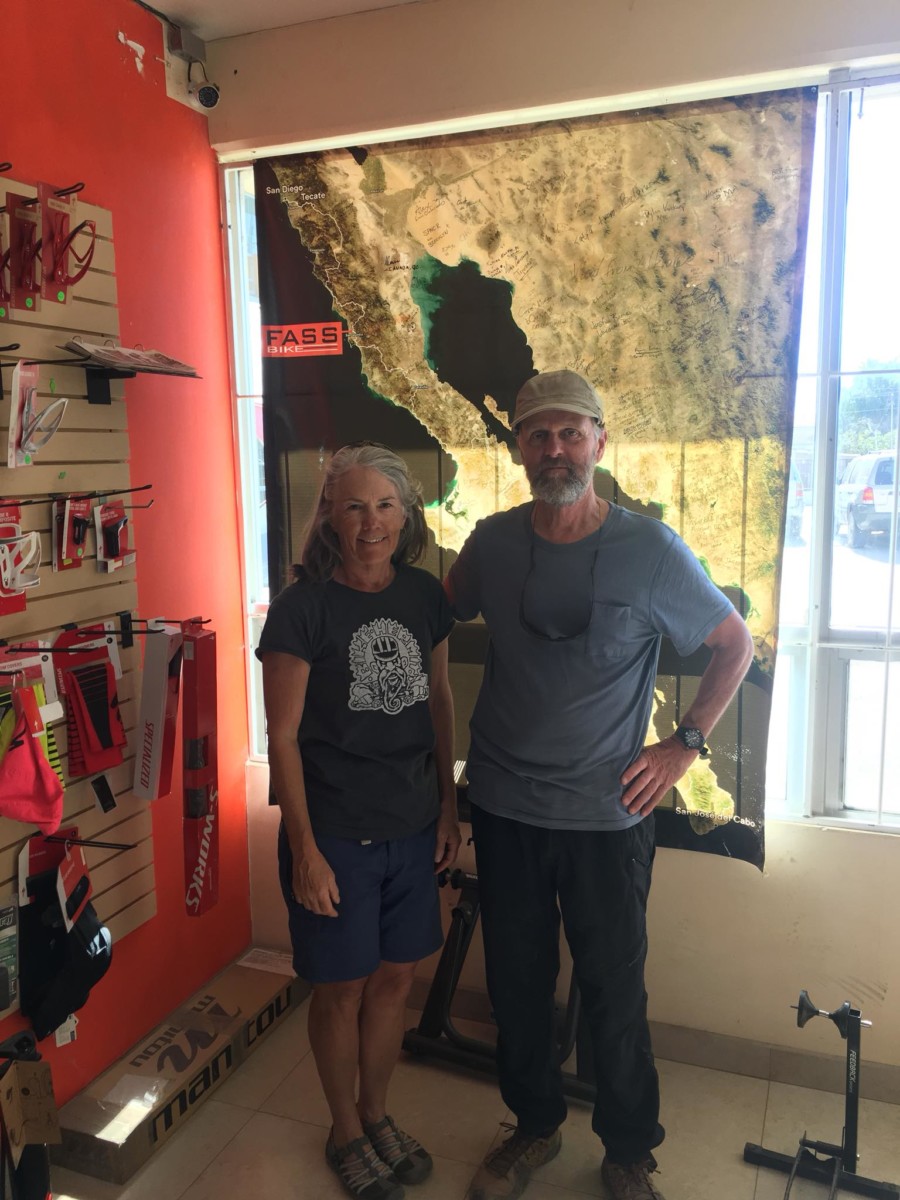
It’s difficult to put into words the emotions, the experience and reality of our adventure in Baja California, Mexico. The Baja Divide Bike Route was established in the winter of 2015-2016 by Lael Wilcox and Nicolas Carman. Read in detail on bajadivide.com. Make note that these two are professional endurance athletes and many years younger than the Bike Hermit and Sky King. We started pondering our own trip not long after the Baja Divide website was published. Everything fell into place over the summer of 2017.
We sold Bike Touring News to Ryan King – a perfect fit to carry on the blog, online store and retail store front. We had nothing holding us back nor did we need to adhere to a tight time frame. Granted, selling the business along with 98 percent of our worldly possessions and moving into our 1968 Boles Aero trailer left us little time to put miles on the bikes. Overall, I don’t think our adventure would have changed much if we’d started with stronger legs. Our Baja Divide experience included biking, bike hiking (lots of bike hiking) and bus riding. Prior to rolling out of San Diego we’d agreed on a few major points that were vital as the trip moved forward.
- We agreed to be safe and prudent. We realized the need to error on the side of caution. Falling and breaking something when you are in the middle of nowhere, in a country where you don’t speak the language, on roads that are very difficult to navigate was not something we wanted to risk.
- We agreed that we would not be in a hurry. We had no time constraints so if we only covered 20 miles or if we decided to explore an area we would do just that. Stop and enjoy the Baja, its people and the country – what a concept.
- We agreed that we wanted this to be fun. We weren’t so naive as to know it wouldn’t be hard at times but “being able to” and “wanting to” are not the same thing.
- We agreed to make smart decisions, as a team. Taking breaks, stopping for the day, never letting the distance between us get so great that we couldn’t easily wait for who ever was in the back. Eating even when we didn’t feel hungry.
Looking back, knowing these parameters from the beginning made for very few moments of frustration with each other. Frustrations with the route are an entirely different story.
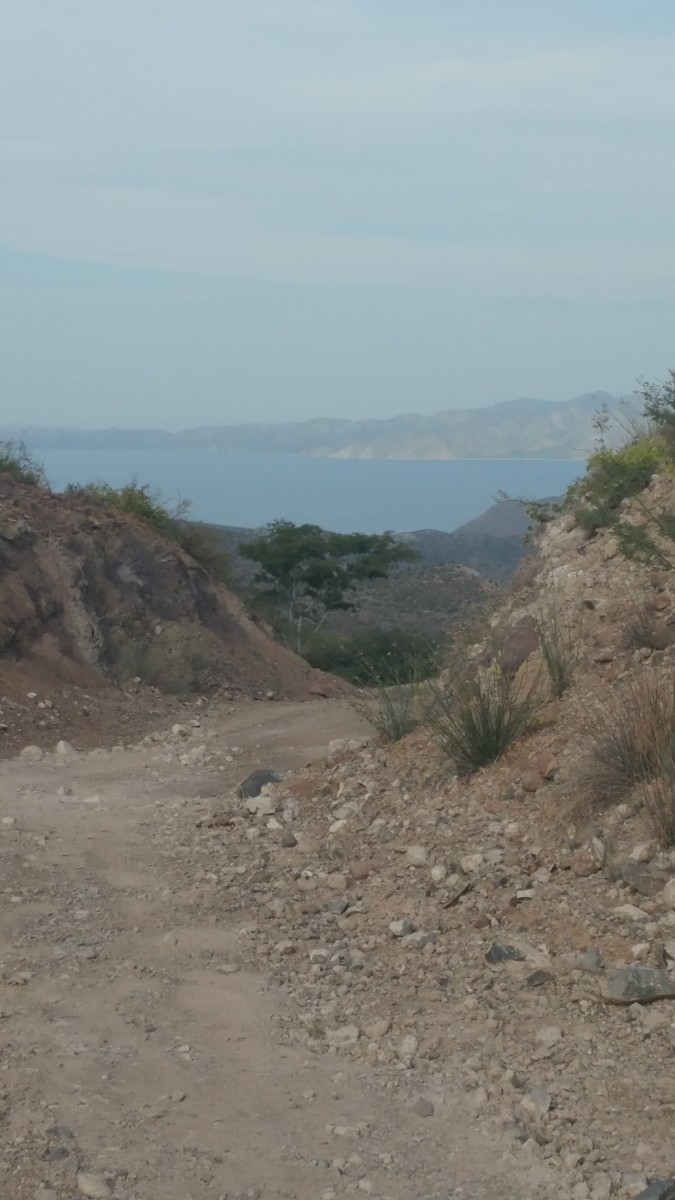
To date, this was the longest bike trip I have done. I’ve ridden numerous 3, 4, 5 day trips both on pavement and on dirt roads. I am not afraid of long days and I’m typically a strong climber so I wasn’t overly concerned about this trip. We ride some extremely rough roads in the Owyhee Desert carrying the same loads we carried in the Baja. What I wasn’t prepared for was the magnitude of the poor conditions of the so-called roads. It’s one thing to have a tough stretch for a mile or two, it’s a whole different experience to have the tough stretch of road turn into miles and miles of difficulty, day after day after day. I started the trip thinking that we’d still pedal the entire 1700 miles – though it would take us longer than some of the younger, stronger people who rave about the ride. I kept that thought through the 305 miles of the first section, despite sitting under a scrub brush literally in tears after 4 hours of death grip descents or downhill walking alternating with climbs so steep you would have to push the bike forward, grip the brake, take a step and repeat.
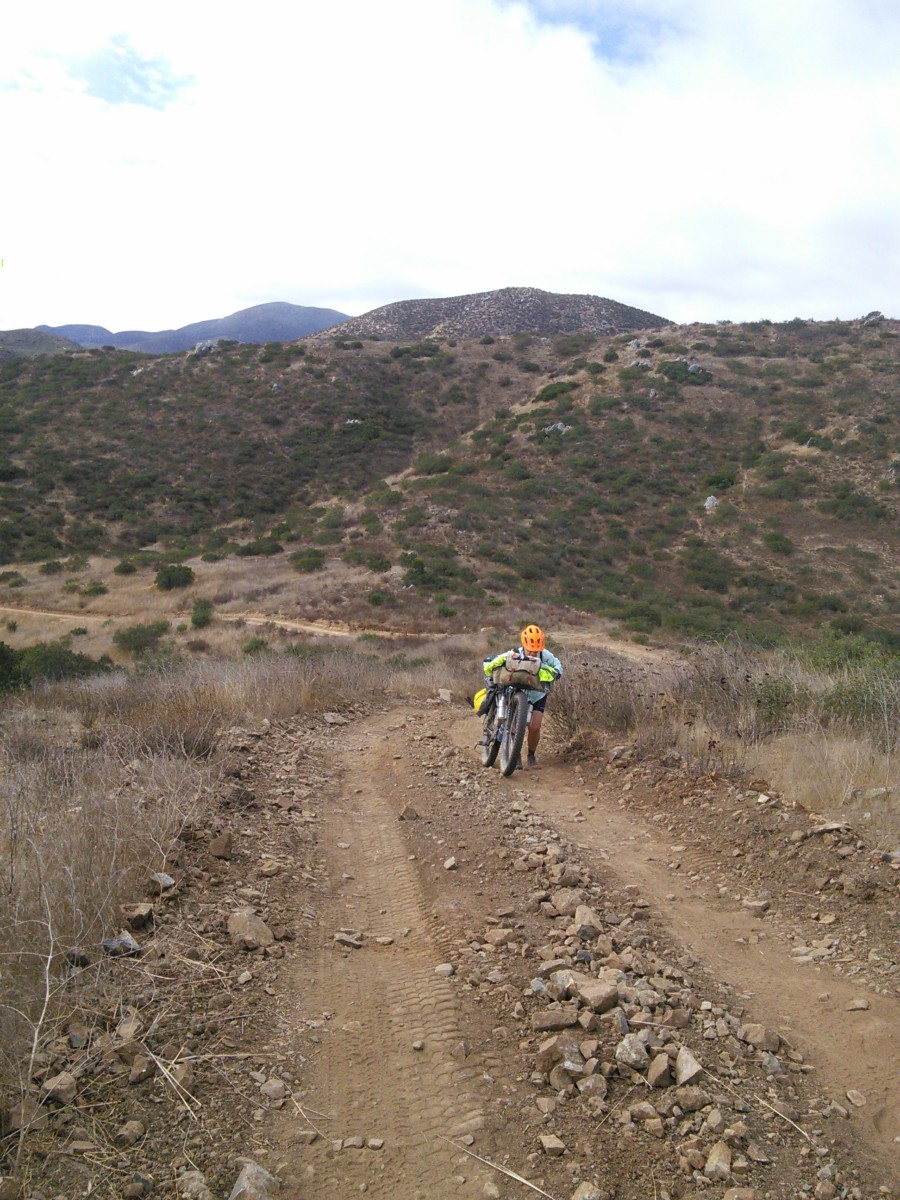
A turn of events in Vicente Guerrero and a review our initial agreement helped us make the next smart choice. We rolled into Vicente Guerrero in the dark, right at rush hour. Mexico Hwy 1 runs right through the center of town, carrying the bulk of the motorized traffic in the Baja but also the end of the work day traffic for Vicente Guerrero. We do a web search for hotels and note they are all on the other side of a deep arroyo spanned by a two lane bridge with no shoulder. We manage to get across hwy 1 with the intent of finding a back road to the hotel. A young man on a BMX bike rides past us, stops and asks (in perfect English) if he can help. (This is not the first friendly local we encounter, nor the last. Read the Bike Hermits Crazy Guy on Bike Journal for more). Manuel leads us across the bridge – turns out there is a sidewalk we couldn’t see in the dark. He takes us to the hotel and speaks to the desk clerk to arrange quite a large room for us on the ground floor. We gratefully tip him 100 pesos – about $5. Being very tired from an extremely challenging day we head out in search of food and enter the first open restaurant we see. The next day we realized we’d broken one of the rules our good friend Paul has told us about eating – never eat where you can’t see them prepare the food. We ordered chicken sandwiches which came with lettuce and tomato and a lettuce salad. We inhaled everything.
At 3am I wake up with my stomach rolling. I jokingly refer to my stomach as the princess stomach because I am sensitive to many foods so at first I just wrote it off as being dehydrated, yada, yada. Jim wakes up at about 6am with his stomach rolling. That’s when I knew we were in trouble. In talking to others we expect the lettuce was washed in unclean water and that’s what took us out. We took three days of unexpected downtime to read and research the route ahead, known as Section 2, Valle de los Cirios – 559 miles of the most remote part of the ride. Water availability at one point is 120 miles apart. In addition to being wiped out from being sick we knew that riding 120 miles in 3 days on this route was not realistic as we wouldn’t be able to carry sufficient water to be safe. Back to the agreement above – make smart decisions and we want this to be fun. Once we made the decision to take the bus to Mulege – thus skipping section two entirely – I let go of my old belief that it isn’t a bike trip if you don’t ride every mile. Riding every mile sometimes misses the point. Our Baja Divide became a multi-modal adventure that involved bikes.
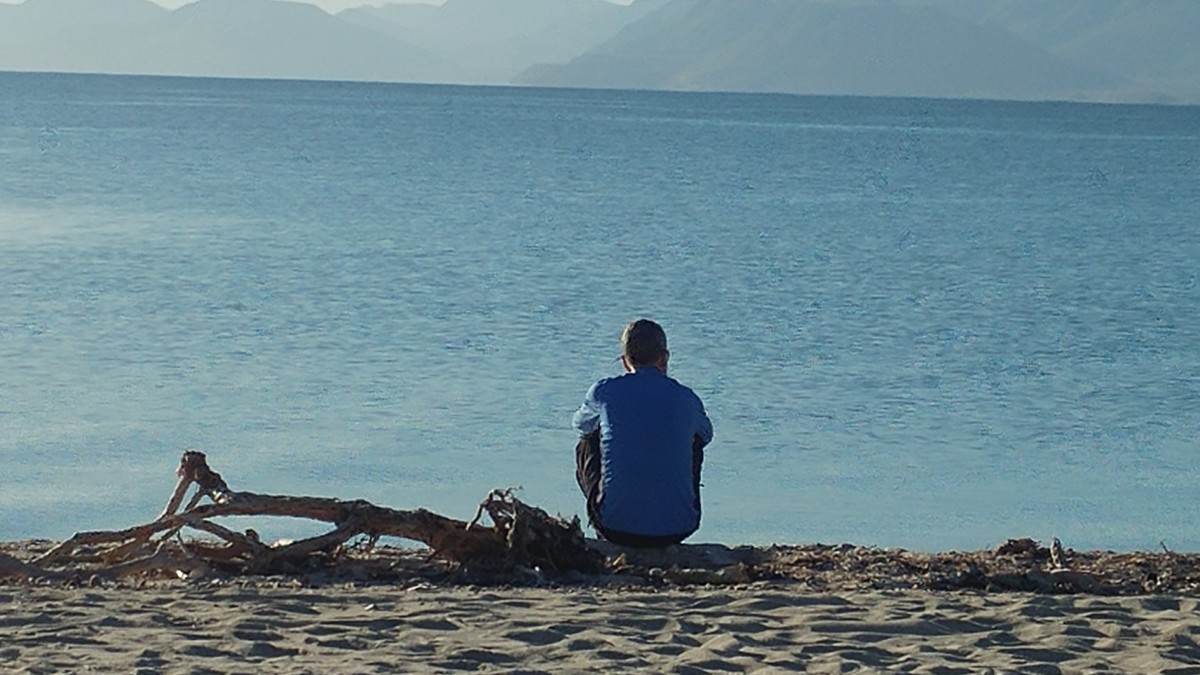
Overall, the bike riding sections didn’t get any easier. In fact some of our hardest biking days occurred after Mulege. I would love to say that I learned to appreciate the difficult sections but I would be lying. Riding the tough sections was physically and mentally exhausting. We found it frustrating to read descriptions on the cue sheets or comments about the ride that (IMO) brush off the conditions of some of the backroads and brush off the distance to the next water stop. To me, those are life threatening and I worry that someone is going to get seriously injured or even lose their life because they haven’t realized the depth of the undertaking.
When did I know I was done with the bike portion of our adventure? This is actually a two part recognition. We’d just completed our third day of the section from Ciudad Constitution to La Paz. We arrived at the San Everisto, a small fishing village on the sea of Cortez. The store and restaurant were both closed, we had to ask for water from a house. We camped on the beach with the tiny fishing village to our backs and large sailboats and power boats anchored in the bay. The economic difference was striking. I thought to myself, “who is having more fun – that person paddling to their beautiful boat in the kayak or me sitting on the beach, covered in sweat eating lentils and spaghetti?” I commented to Jim that it might be time to rethink the rest of the trip.
Next day, we stop at another house to ask for water. We don’t fill everything as we don’t want to make them go without and we expect to get to the next available water that day. About 8 miles into the day the road starts to climb with such a steep grade it is hard to believe vehicles could drive it. The next 5 miles or so vacillated from extremely steep and rocky climbing (which meant pushing the bike) to extremely steep and rocky descending (which meant more walking). We push over two huge climbs and encounter a man walking with his two dogs. He is pushing a cart and we laugh that he is probably traveling faster than we are. He tells us the supposed water refill site further along doesn’t exist and he had to knock on doors for water. It’s hot, we are mentally and physically exhausted and now we know we’ll probably run out of water. What we were hoping would be a day-and-a-half ride to La Paz is probably more likely at a full two days at least. Jim looks at me and says “once we get to La Paz I am done with the Baja Divide.” I said, “sounds good to me.”
If you’ve read the Crazy Guy Journal you know that shortly after this two wonderful brothers stopped with their tiny truck and gave us a lift to La Paz and we officially left the route. We didn’t quit biking, nor did we quit adventuring. We just reviewed our agreement and adapted.
Was it fun? Overall the Baja was amazing. We saw areas that most visitors probably have no idea exist. We met people who have so little I was actually racking my brain about what I had on my bike that I could give them.
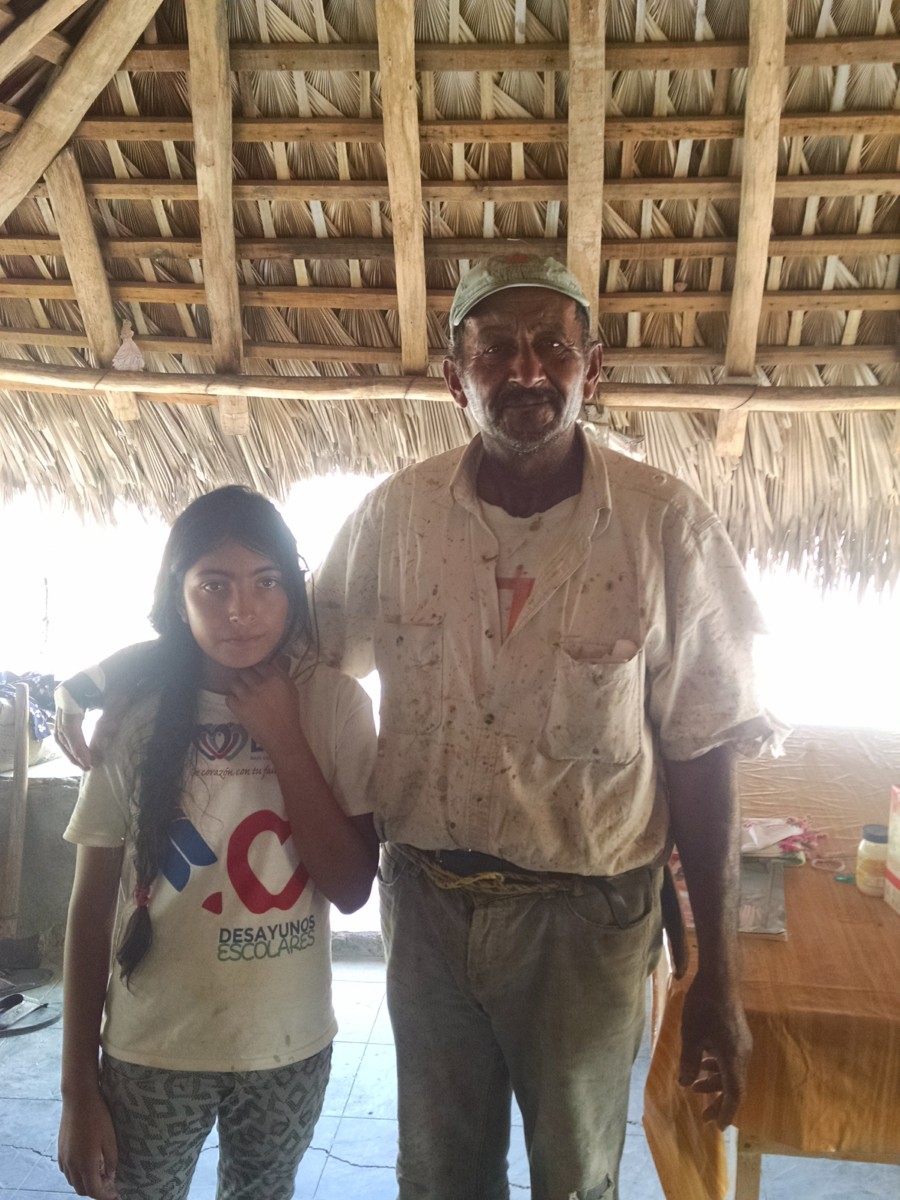
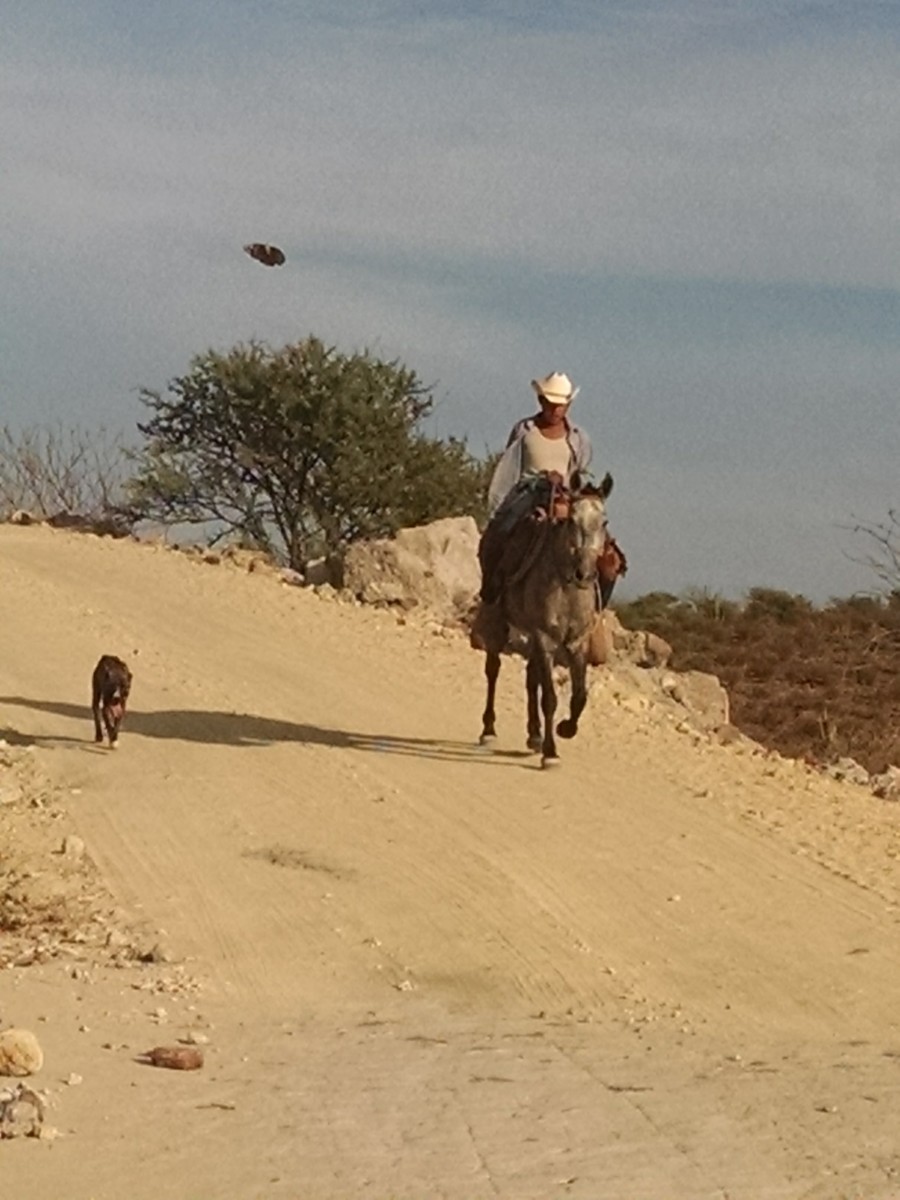
Stopping and exploring, camping on some beautiful beaches, absorbing the sights, sounds and food was fantastic.
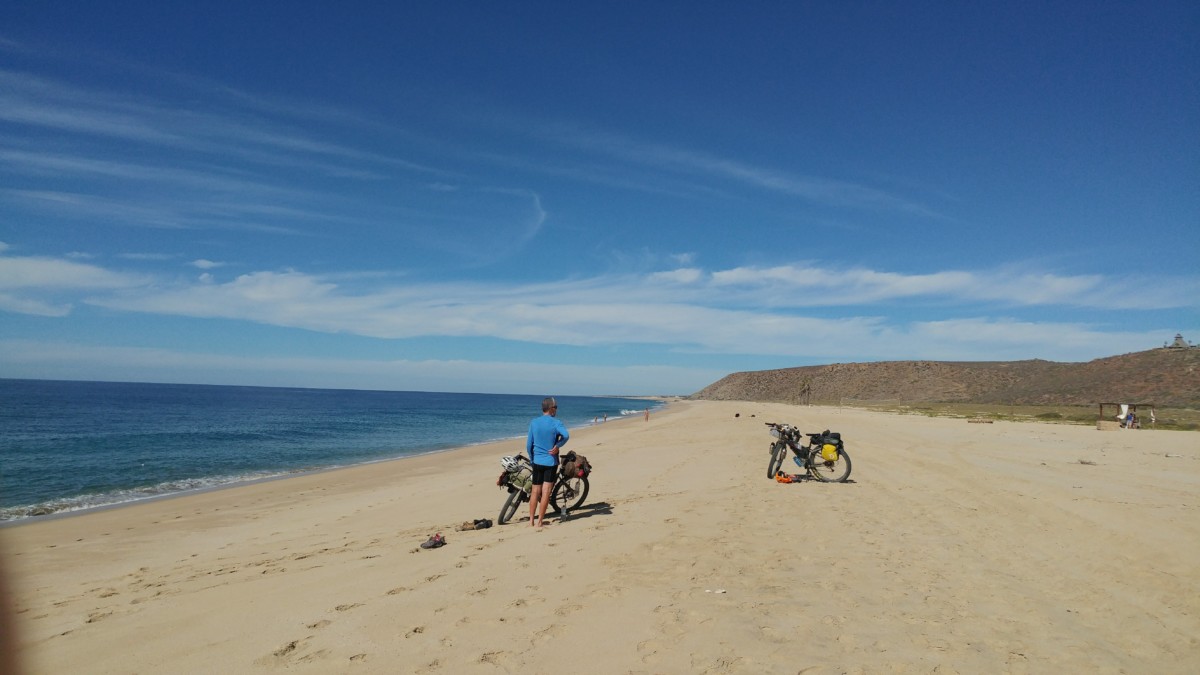
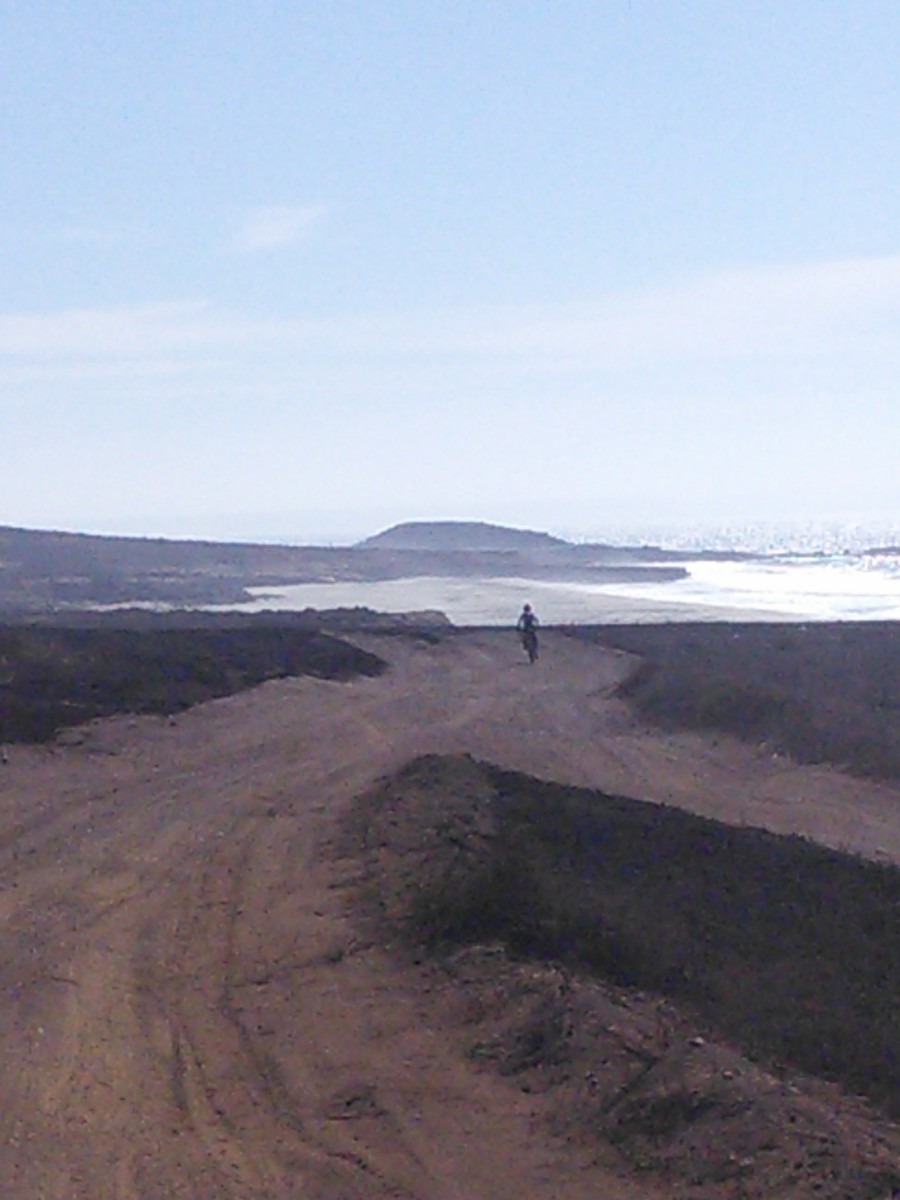
I’m sad to say that the biking parts were often not fun. This was difficult for both of us to accept as we really do like to bike pack and enjoy a challenge.
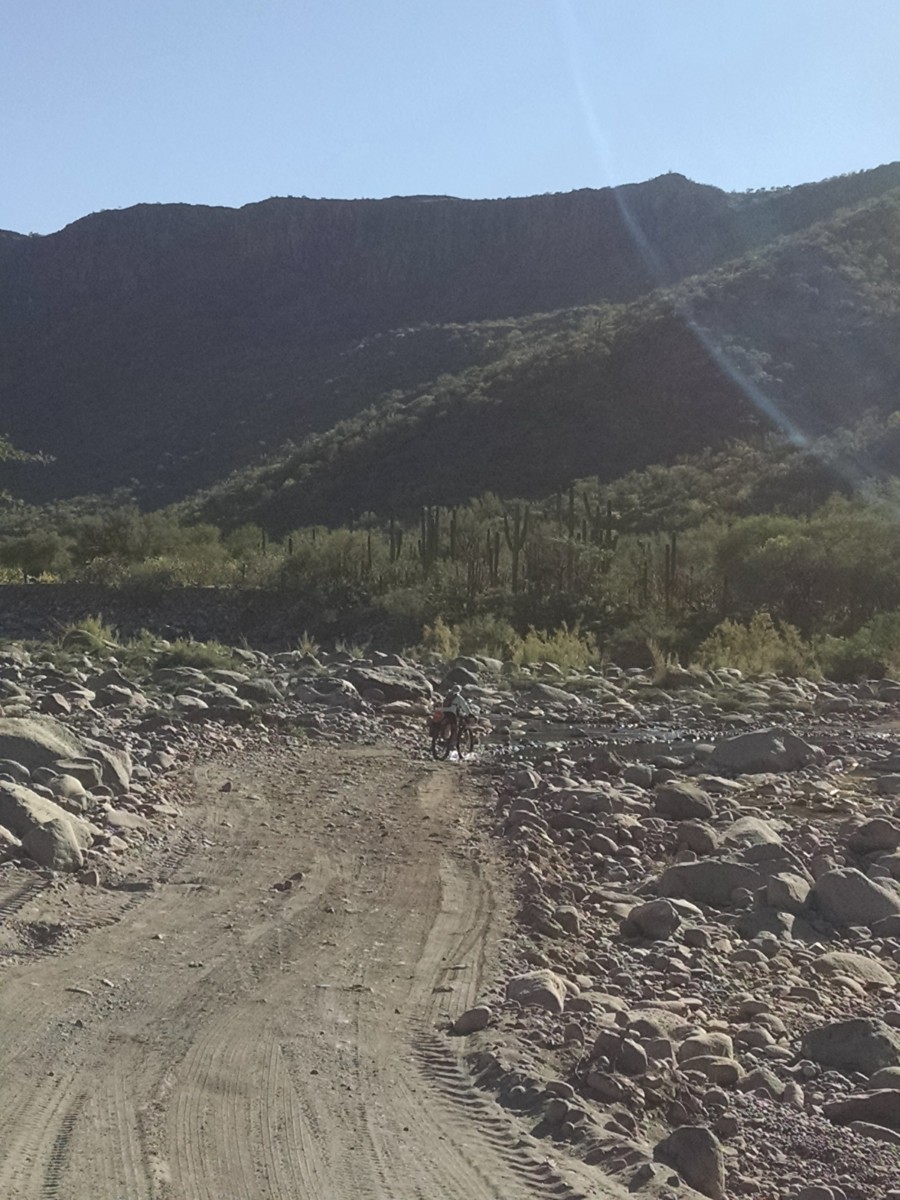
Would I recommend the route? I don’t think so. I continue to read the comments on the Baja Divide Facebook page and wonder how many people start the route and then make a change of plans or readjust their trip like we did. Again, this route is very rugged and remote and we’ll probably never hear about those who have been seriously injured or ill and in trouble. Occasionally someone will post about bike issues but we were fortunate to not have any problems. We had dinner in La Paz, with Jenny and Matt Aker – also professional endurance bike racers. At first they gushed about the route and the ride and it was only after we started asking them hard questions and sharing our experience did they admit that yes, even for them, the route had some extremely challenging moments. It’s interesting that bike riders only seem to post about the good times. We don’t want to come across as sour grapes type people and we aren’t. We are realistic people and want to communicate that it isn’t always “fun” and this route should never be taken lightly.
Was it scary? We got this question on our Facebook pages often. The Baja was not scary at all, ever. Out in the middle of nowhere if we came across people they were always friendly.
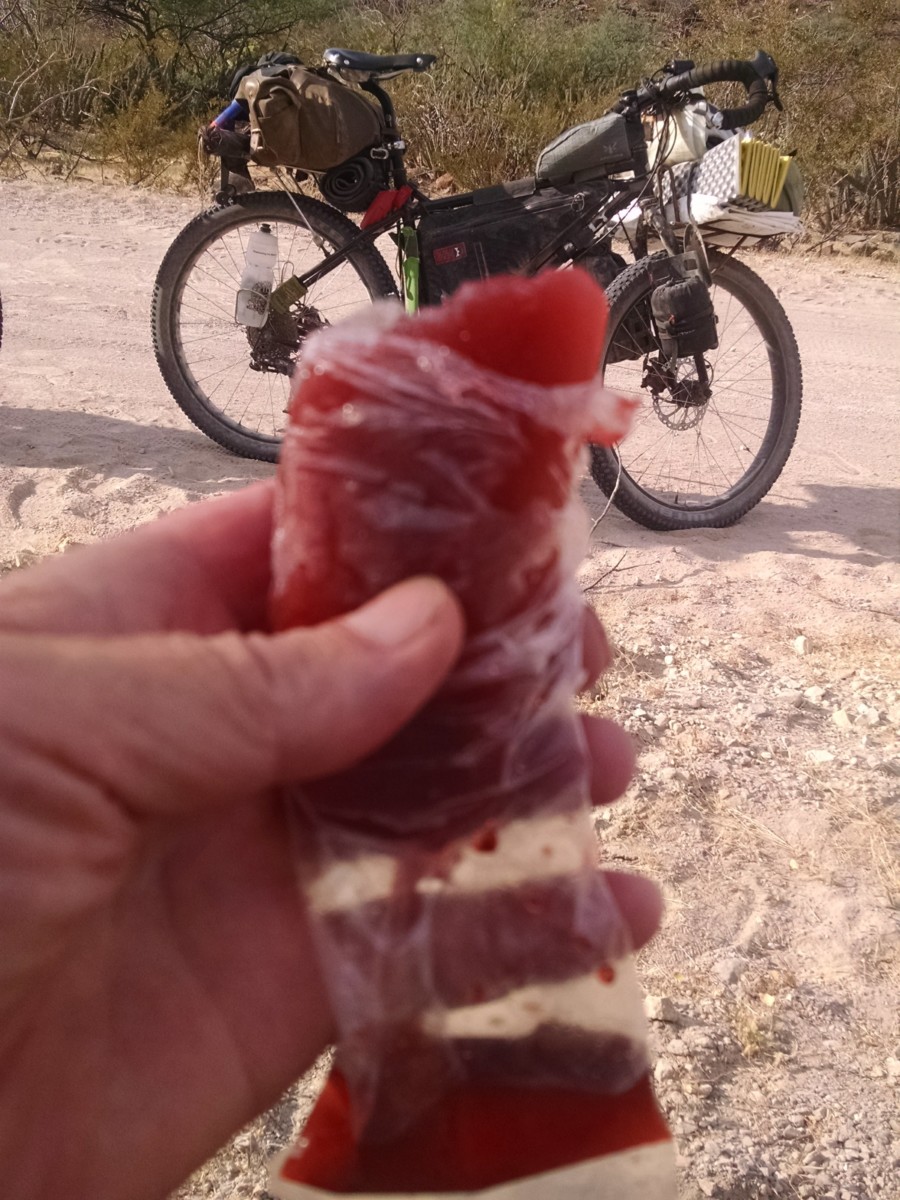
We wished we knew the language. Total strangers would offer us beer, cold drinks, food. Shop keepers would smile and laugh as we bumbled through attempted communication and they repeated words over and over for Jim so he could work on the correct pronunciation. We walked the streets of La Paz well after dark and never felt uncomfortable.
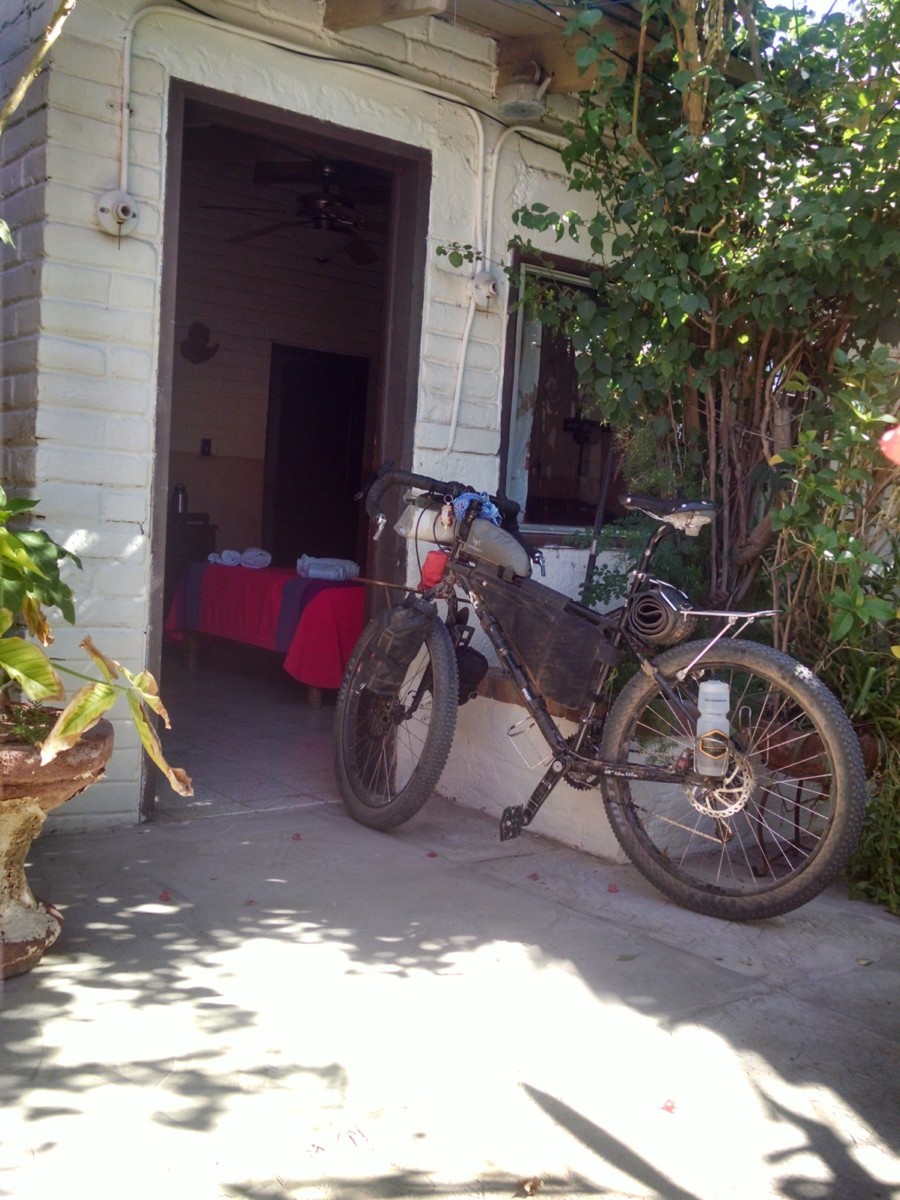
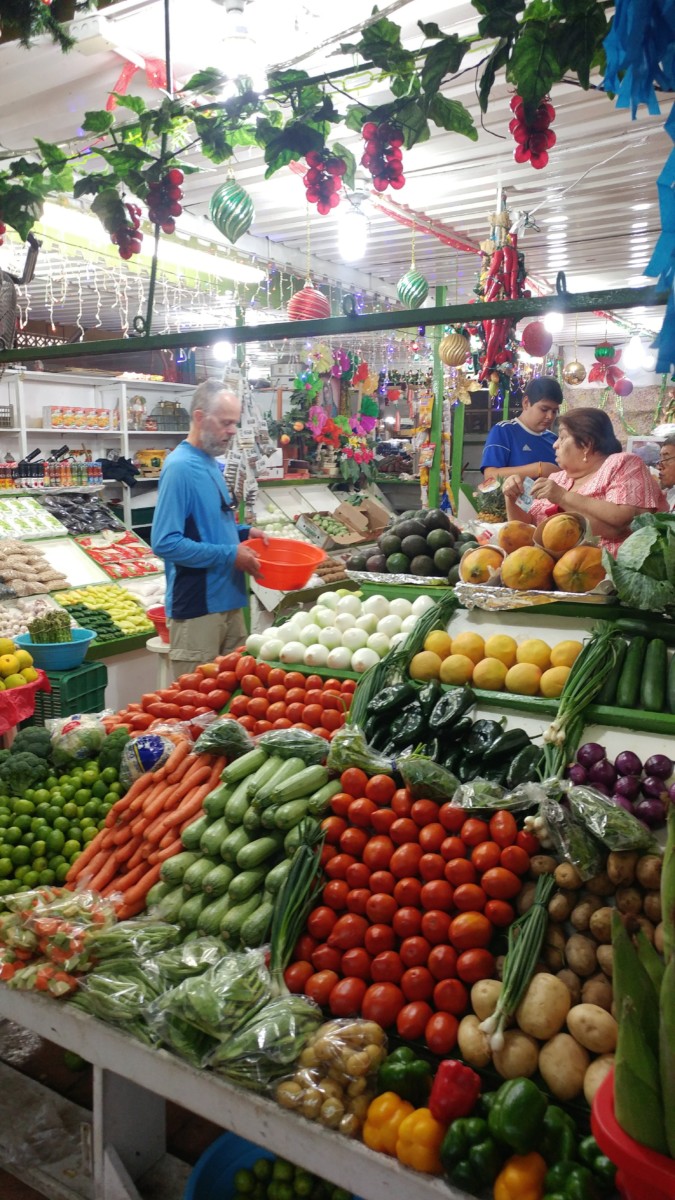
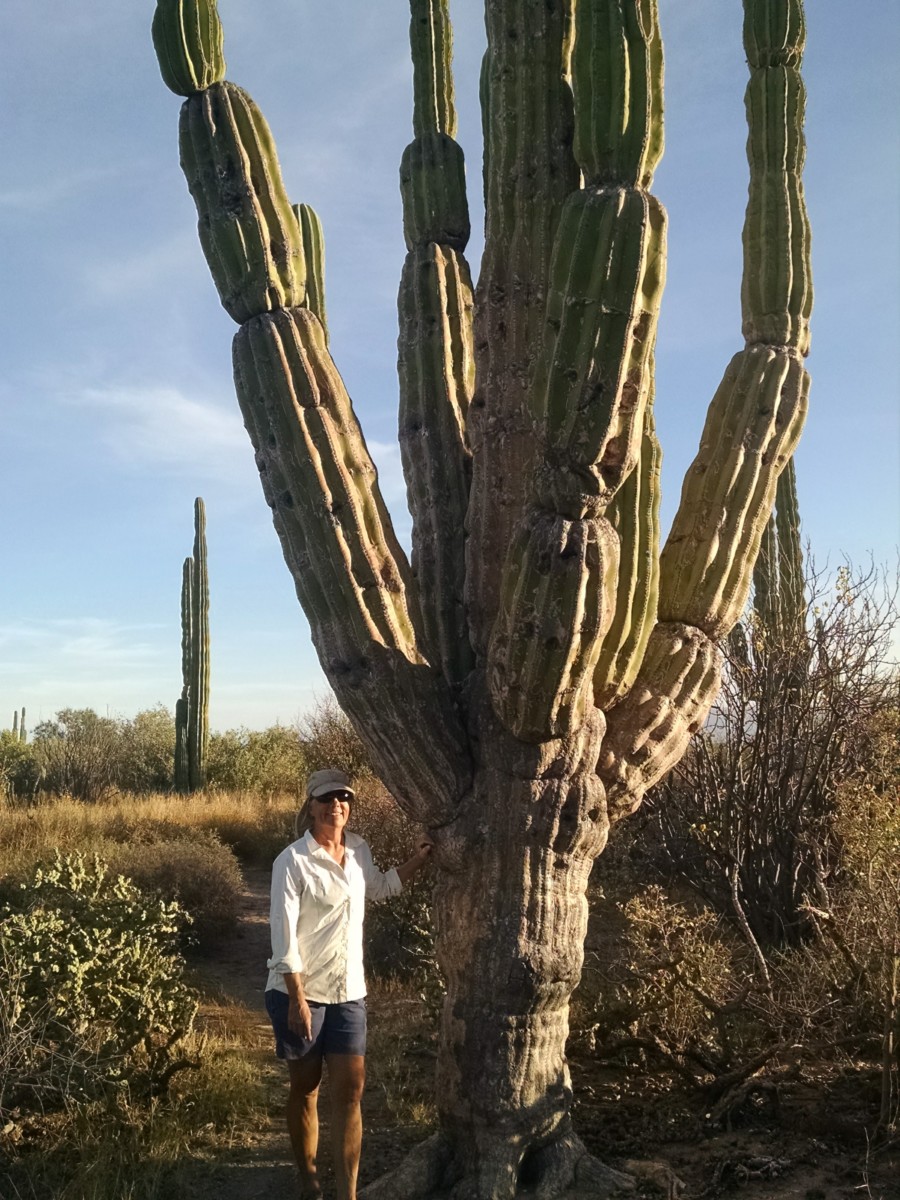
Will we go back? I hope so, but it won’t be on bicycles. The Bay of Conception worked its way into my heart, it would be intriguing to return for an extended stay.
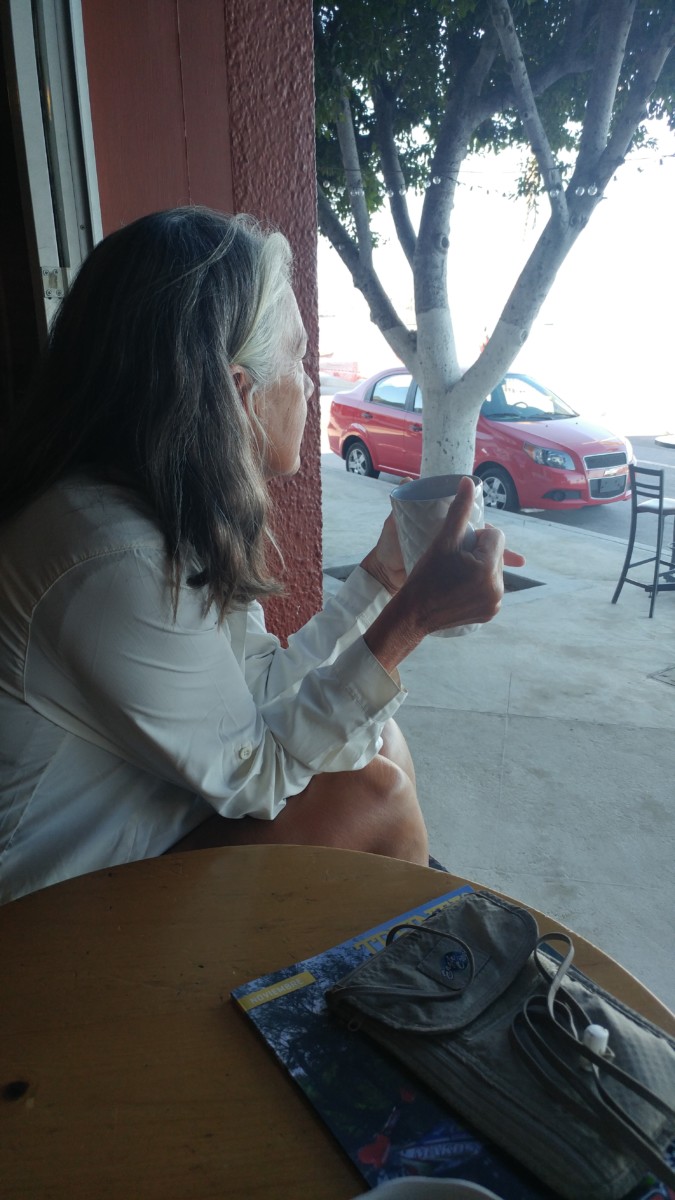
What’s next? I type this sitting outside in Yuma, Arizona. Our next obligation isn’t until May 1st when we report to work at a dude ranch in Victor, Idaho. We are still adapting to the slow life but getting better. We may or may not get to Alpine Texas this winter. We may just get lost in the Arizona desert too. Regardless, we know there is plenty of biking in our future.
